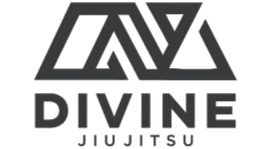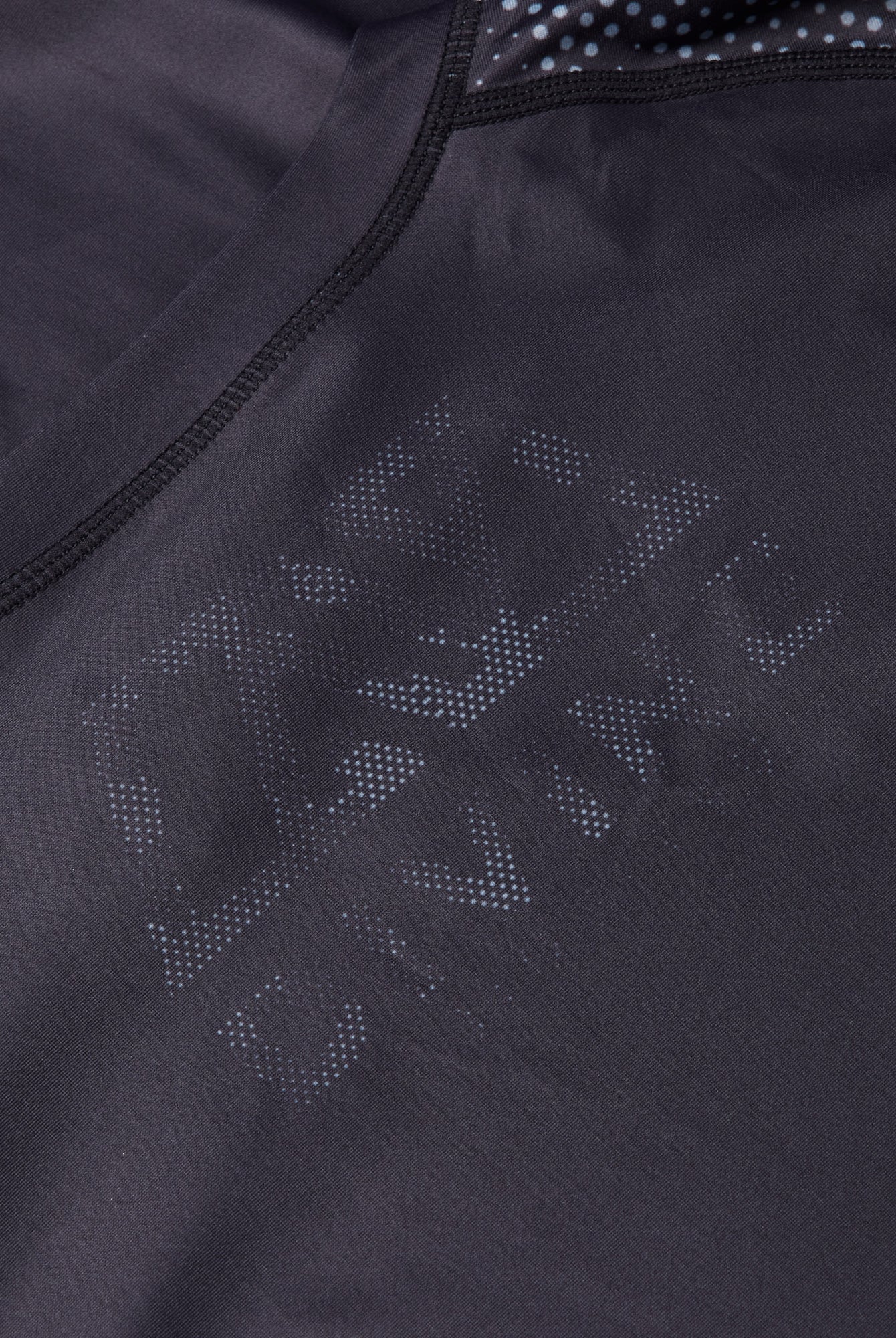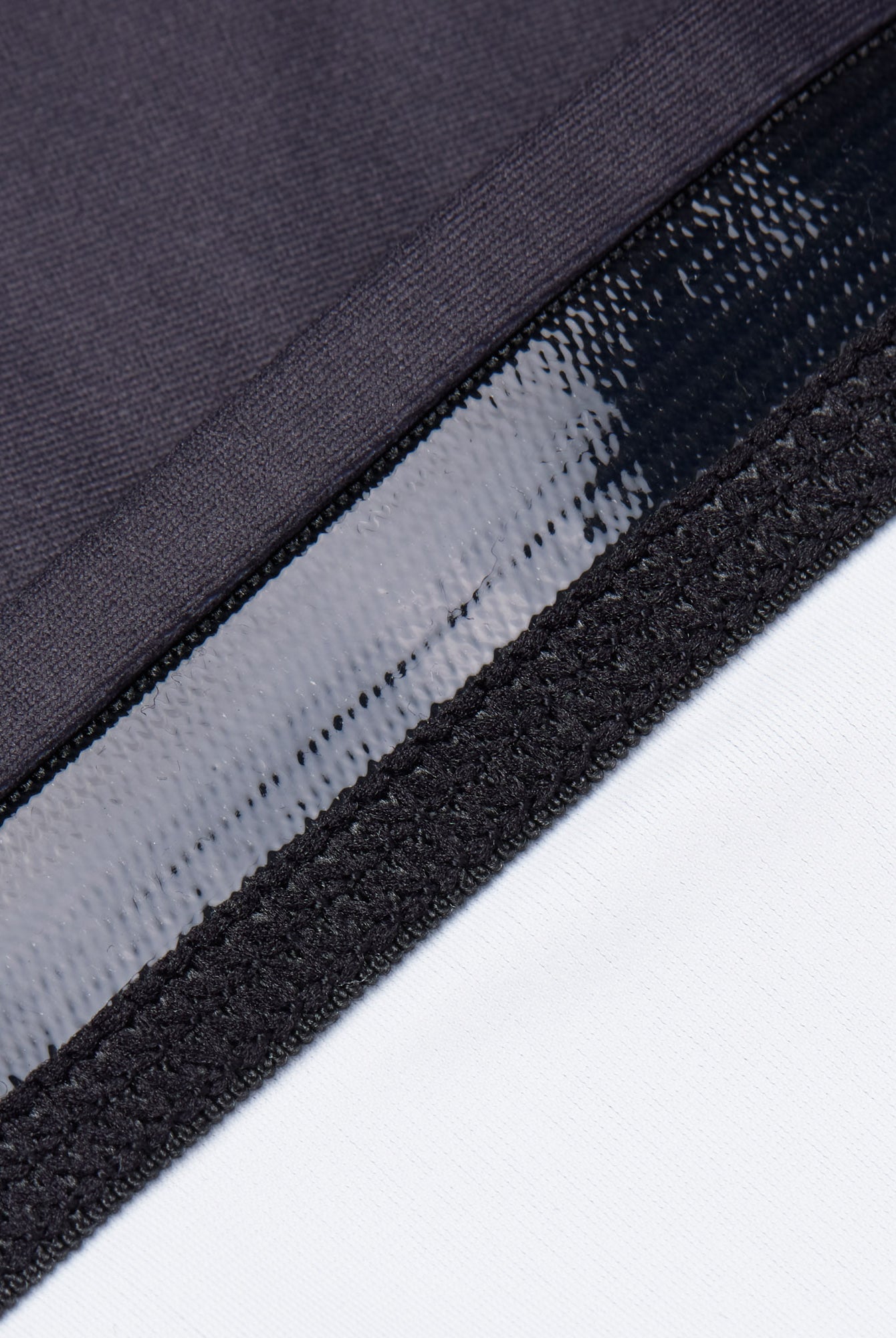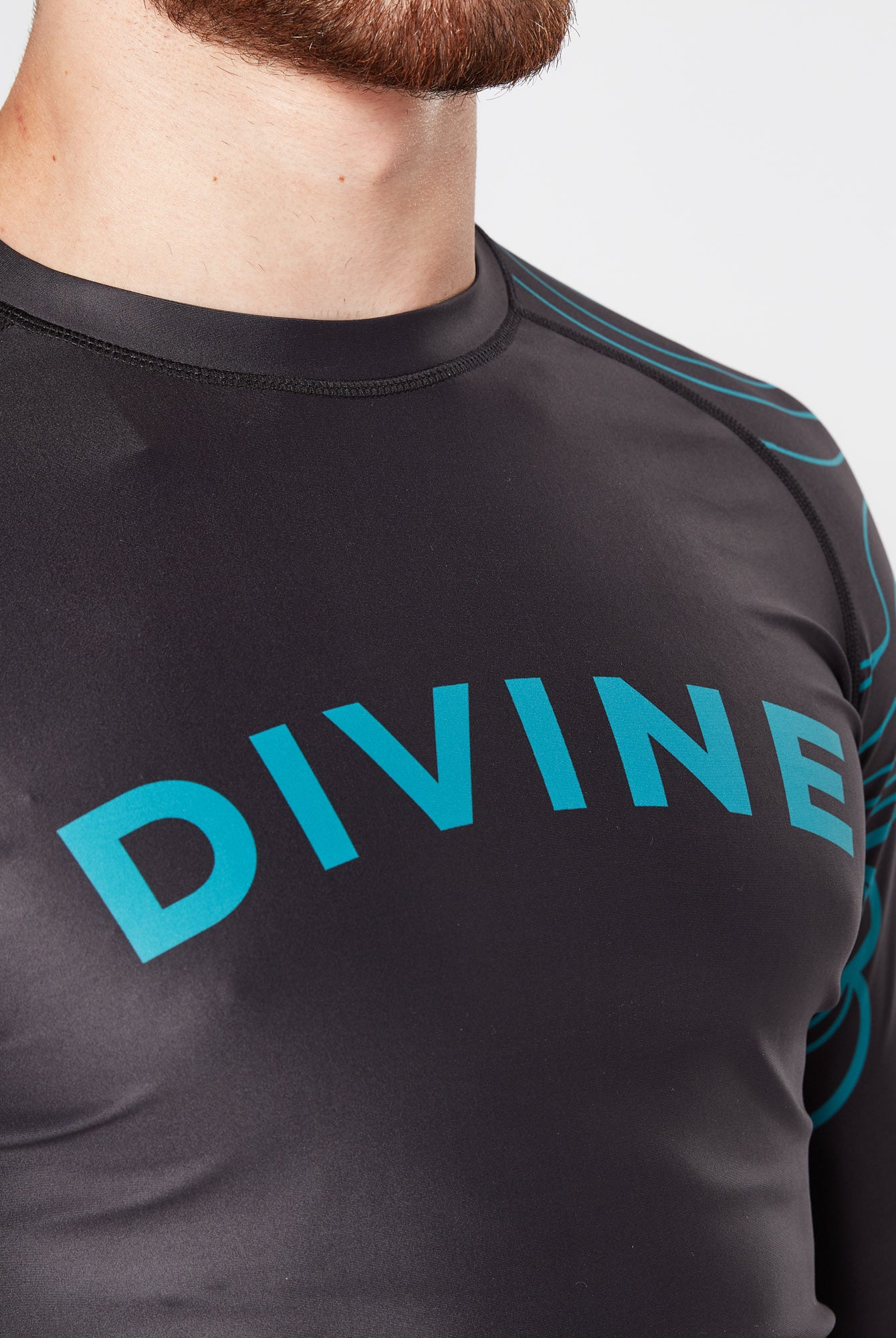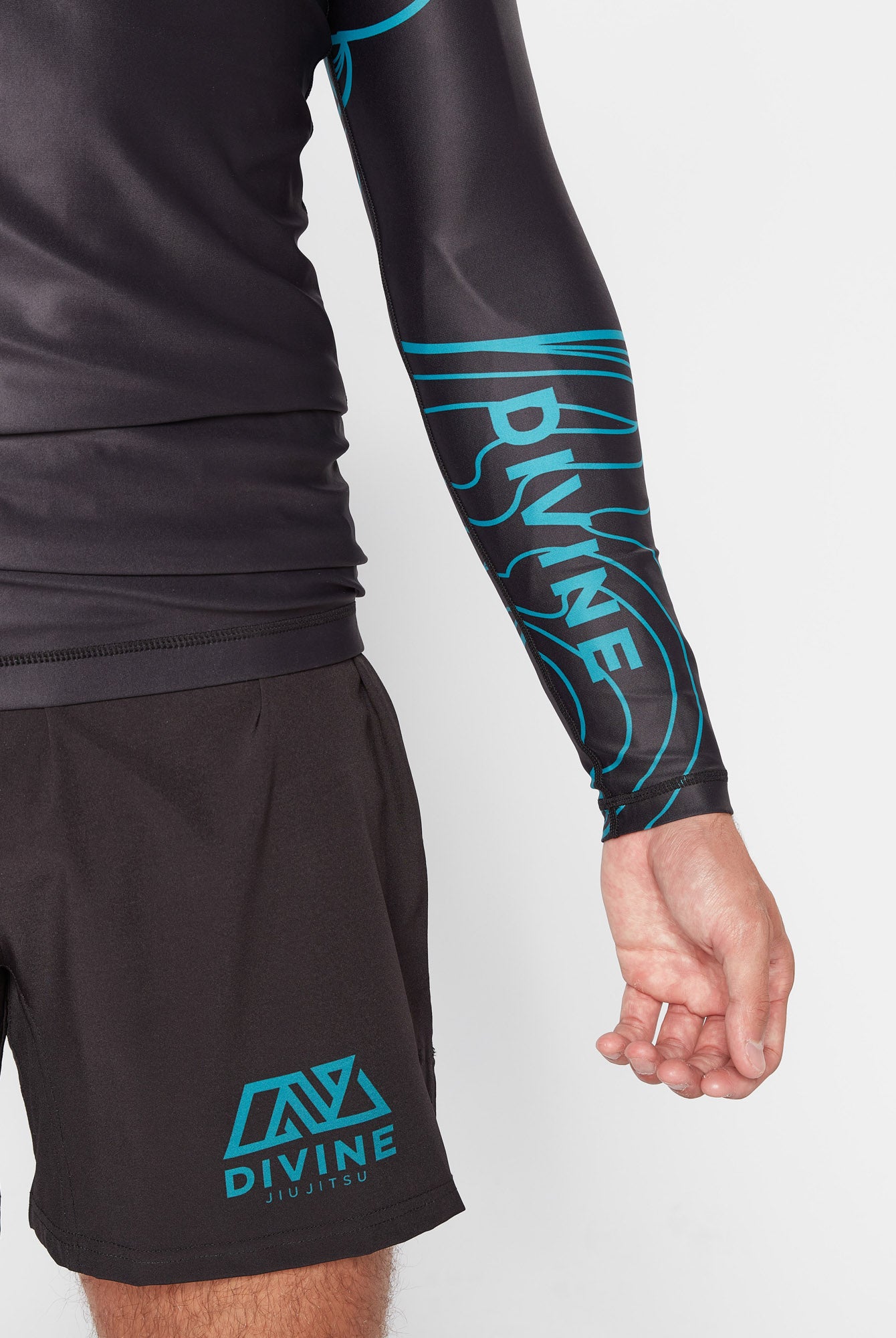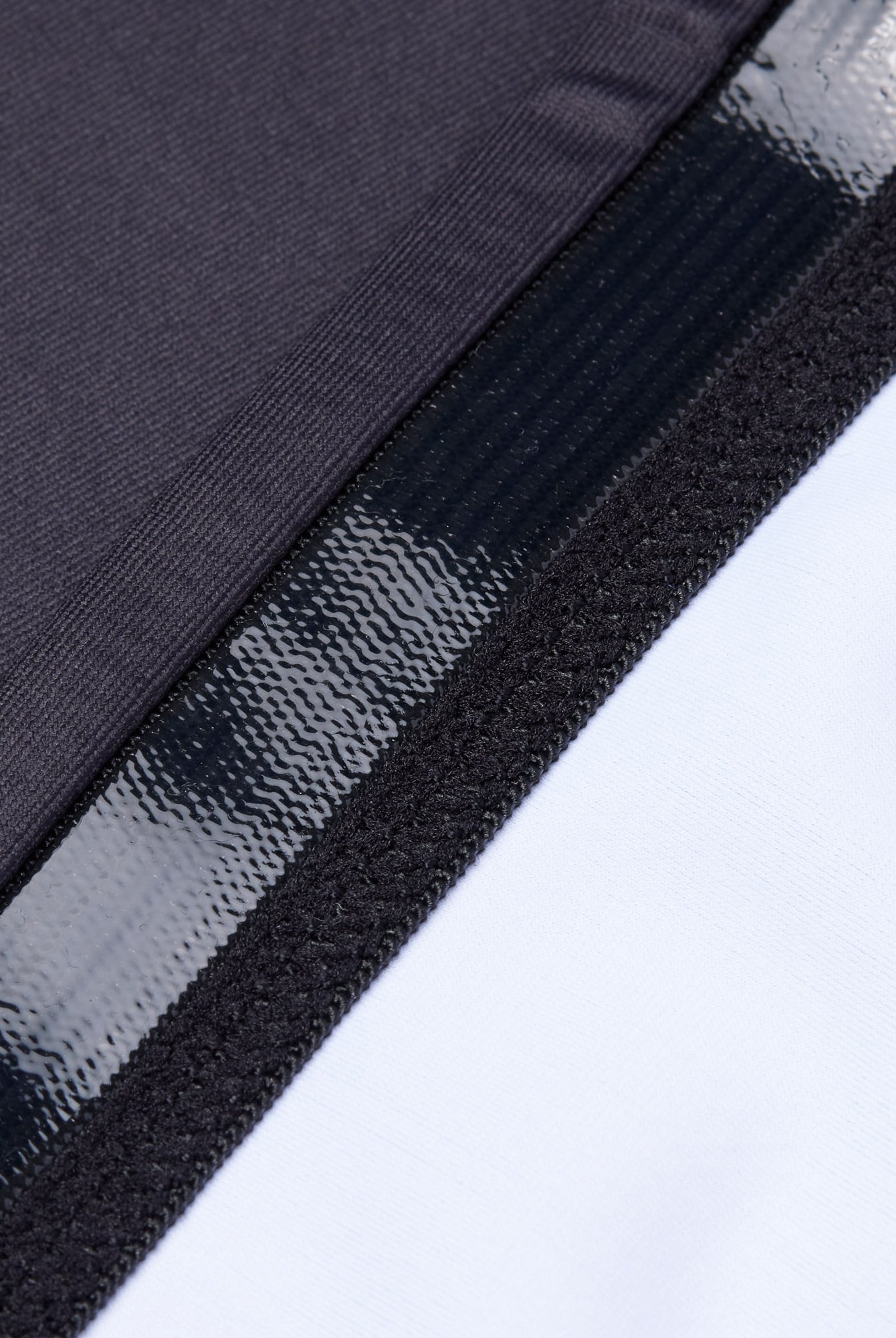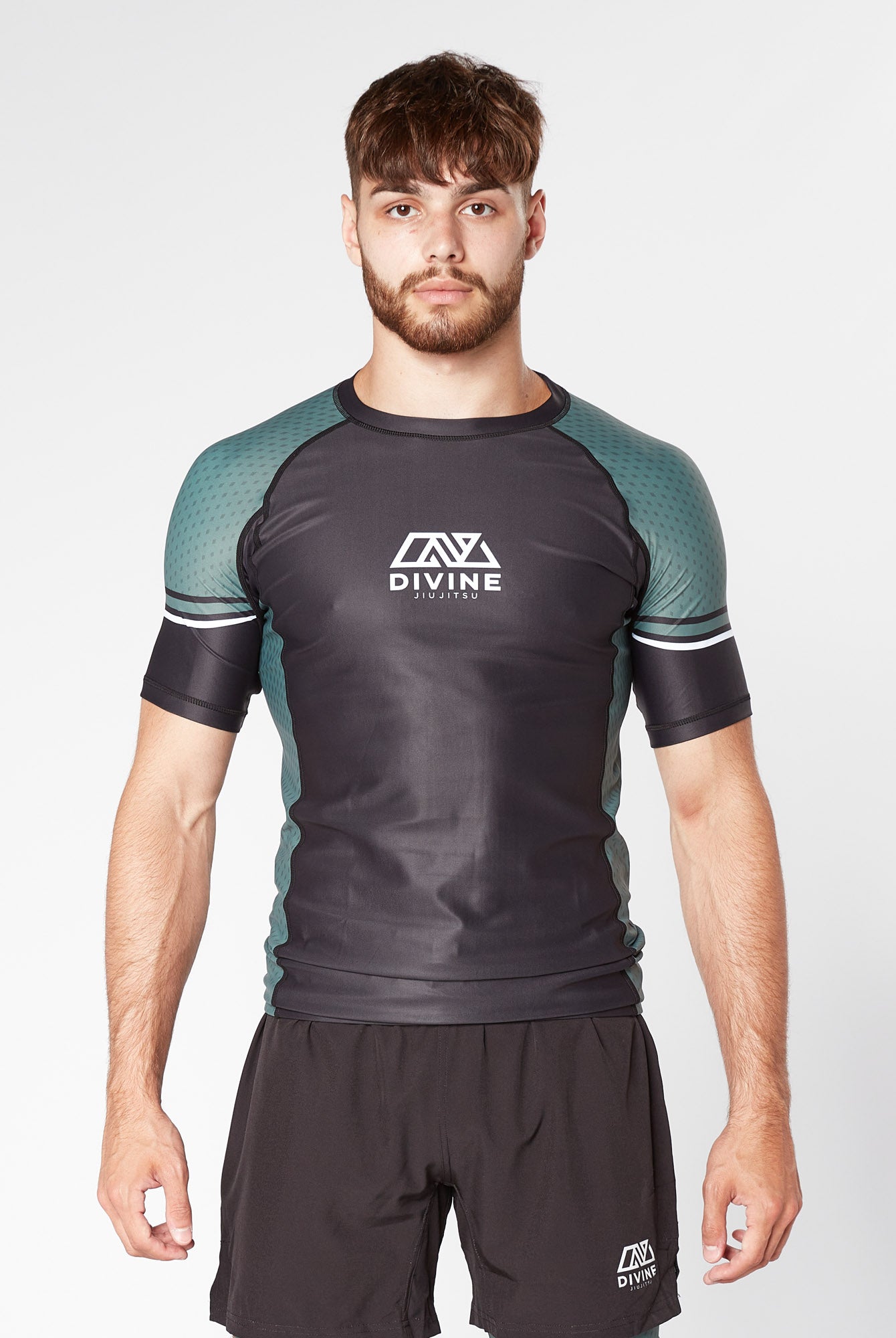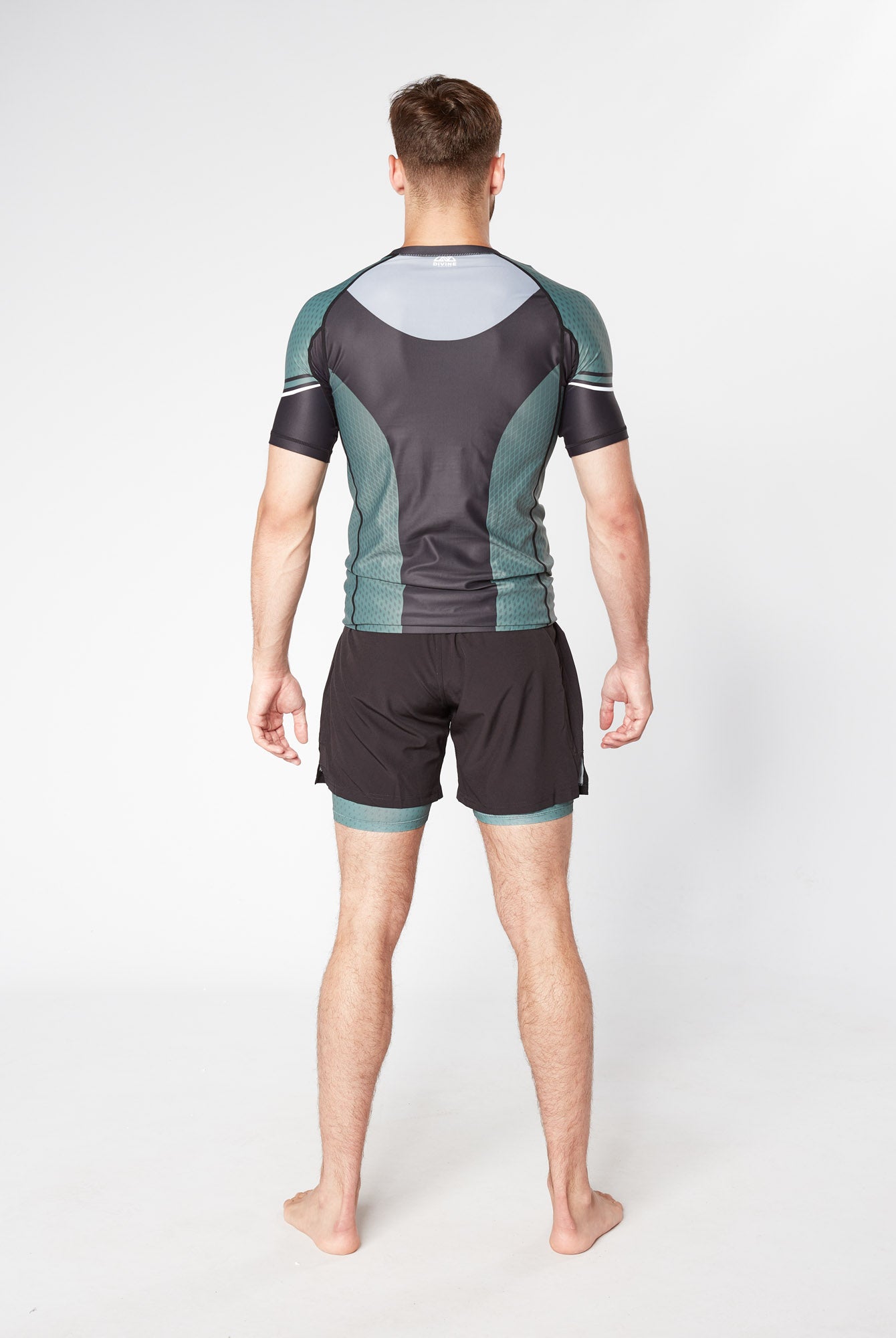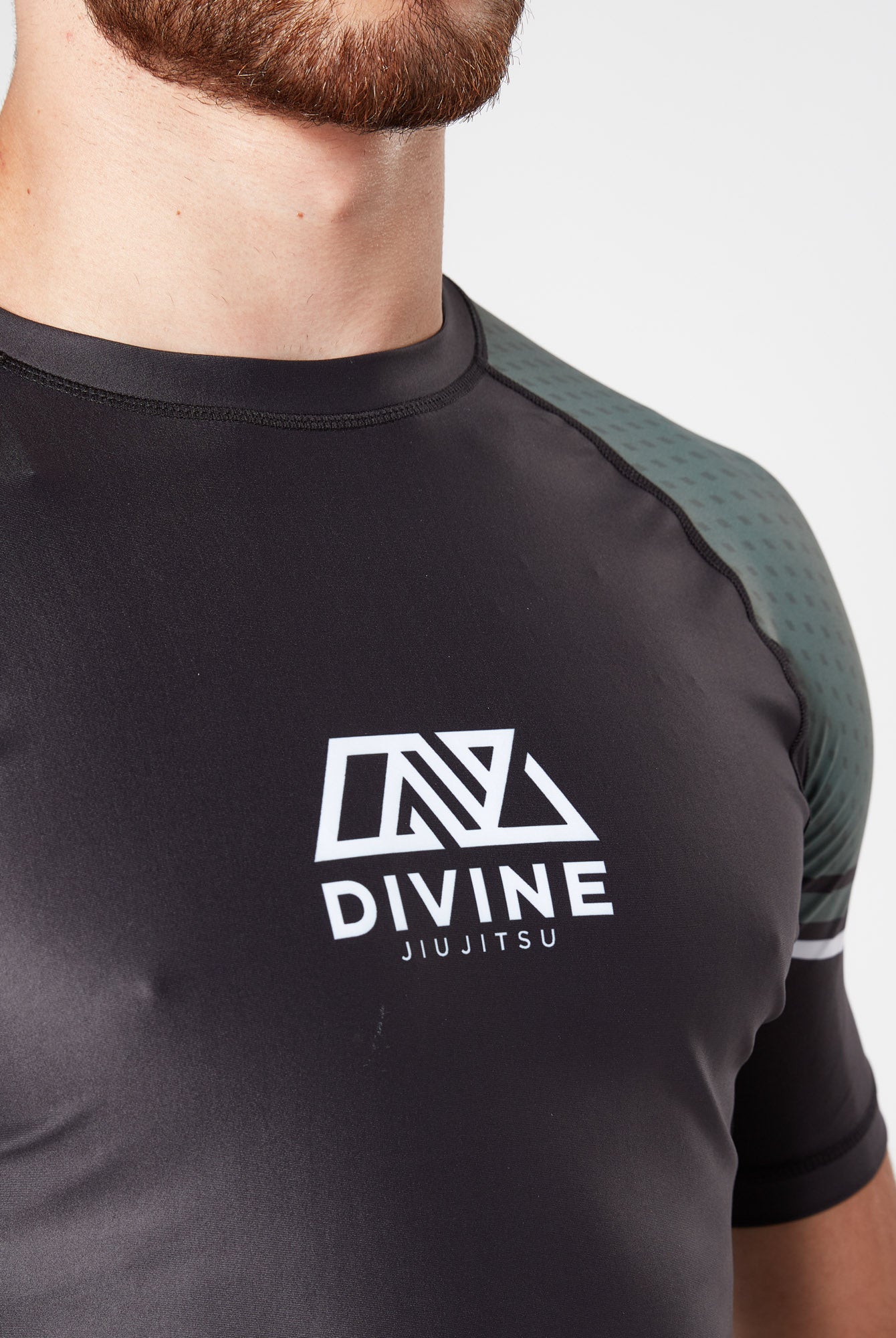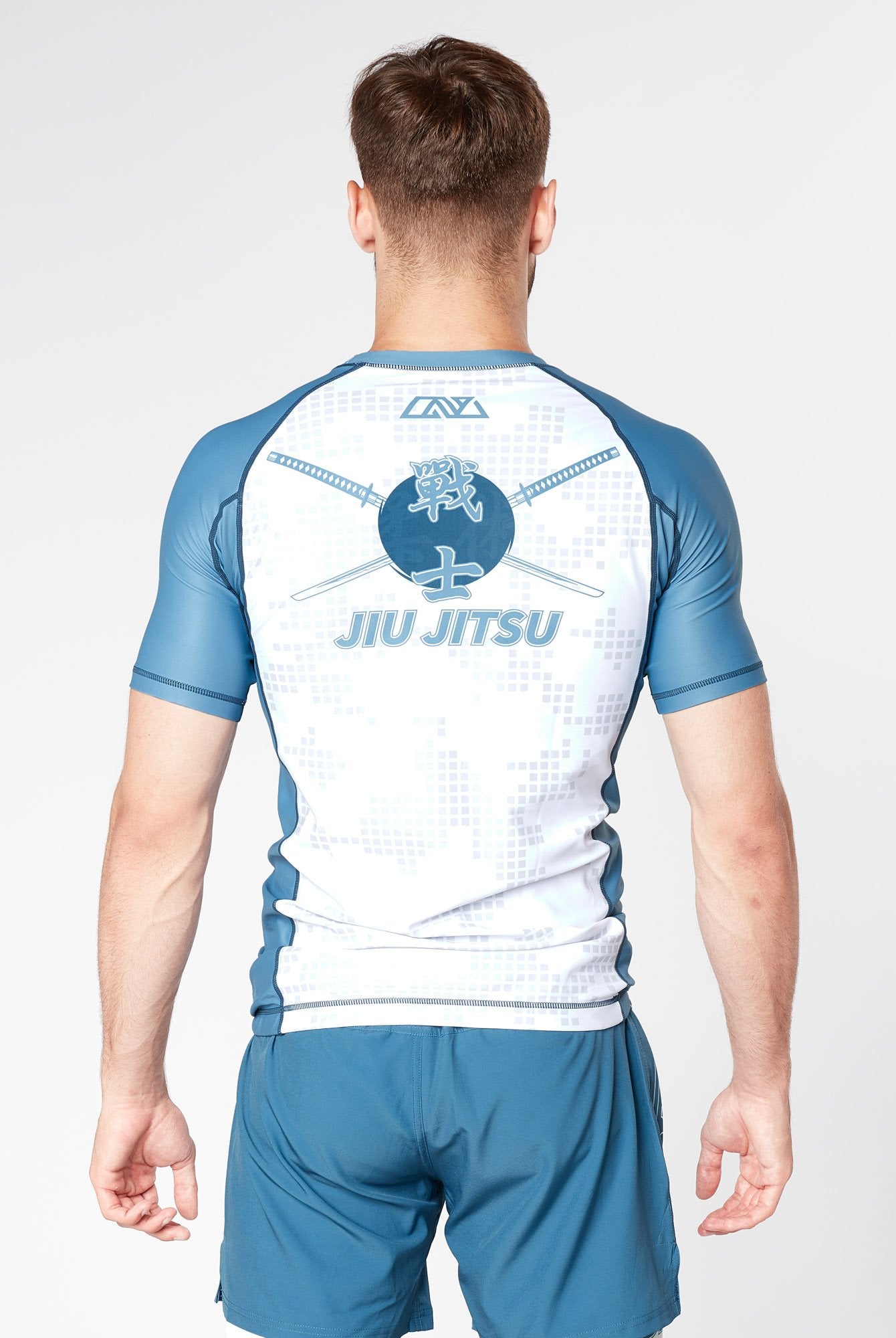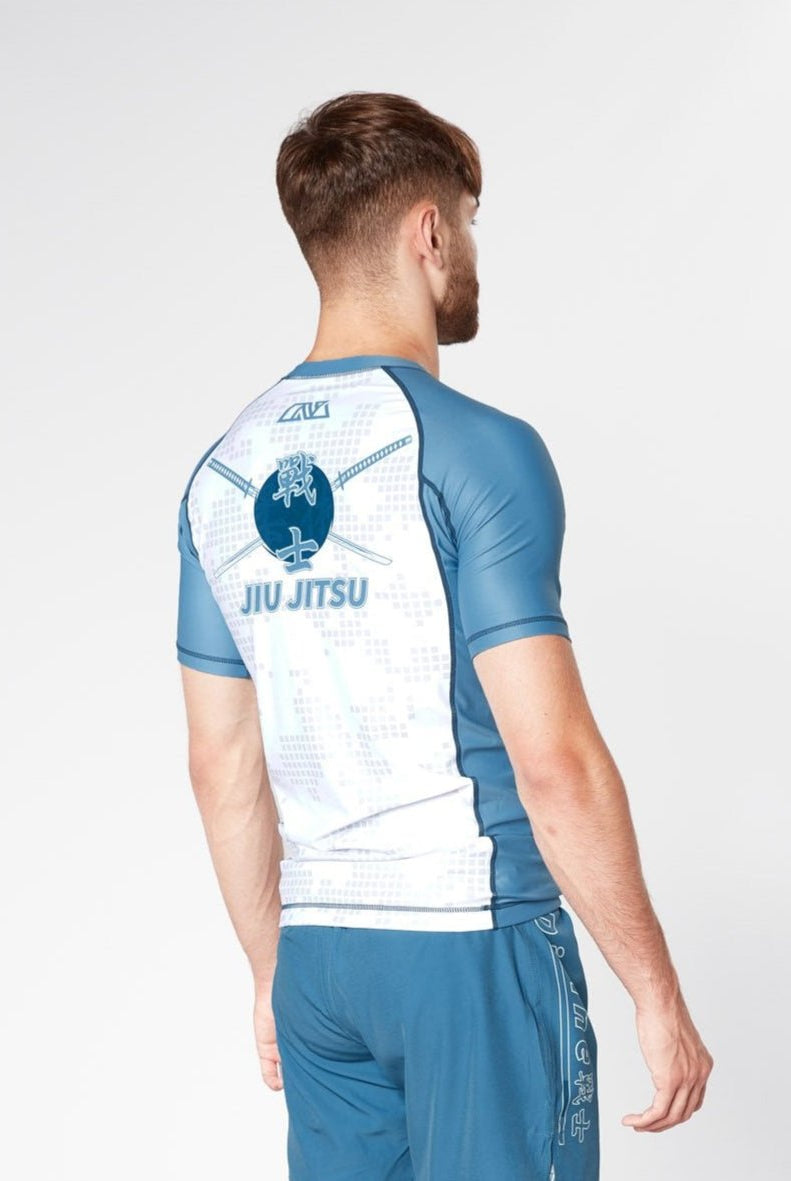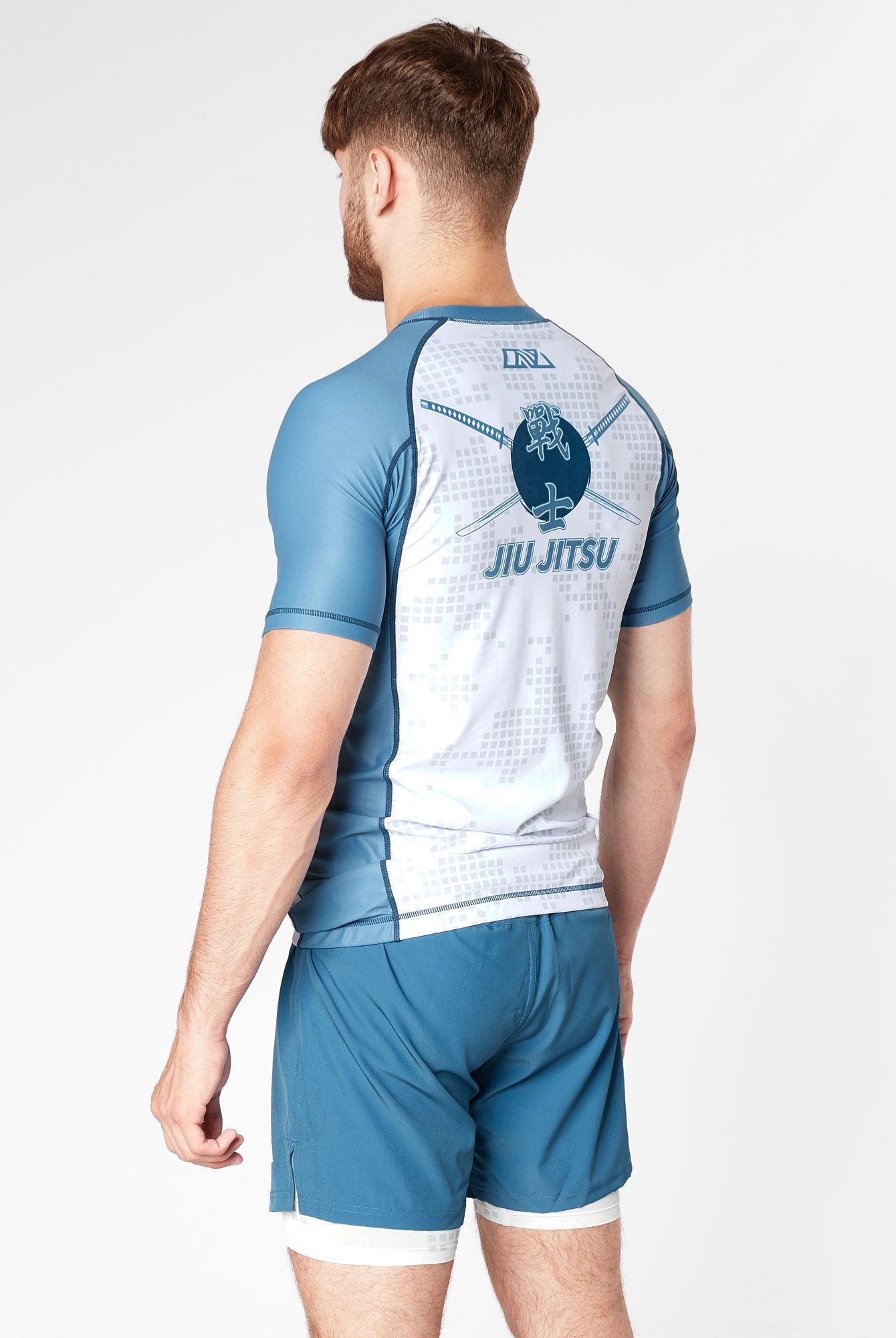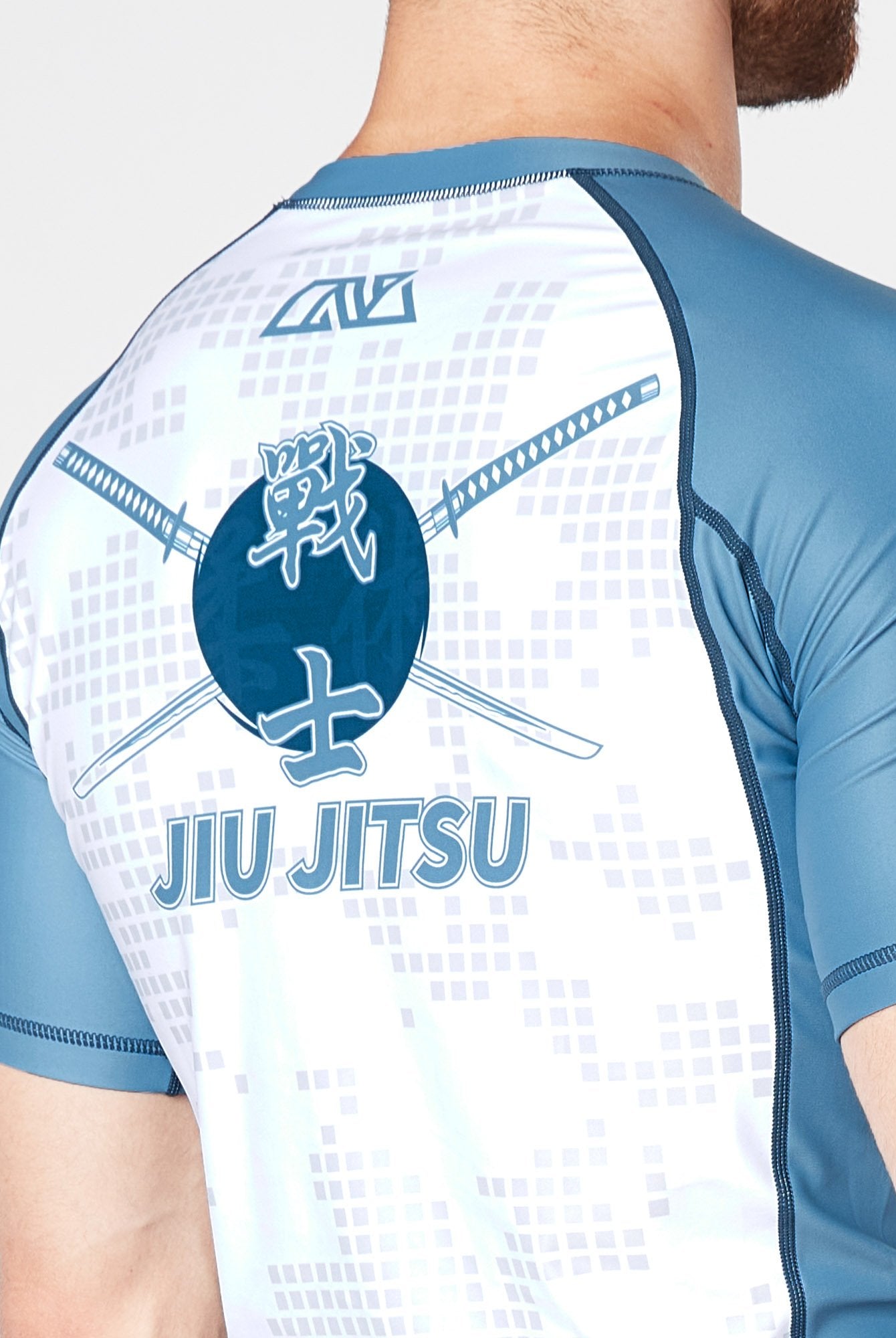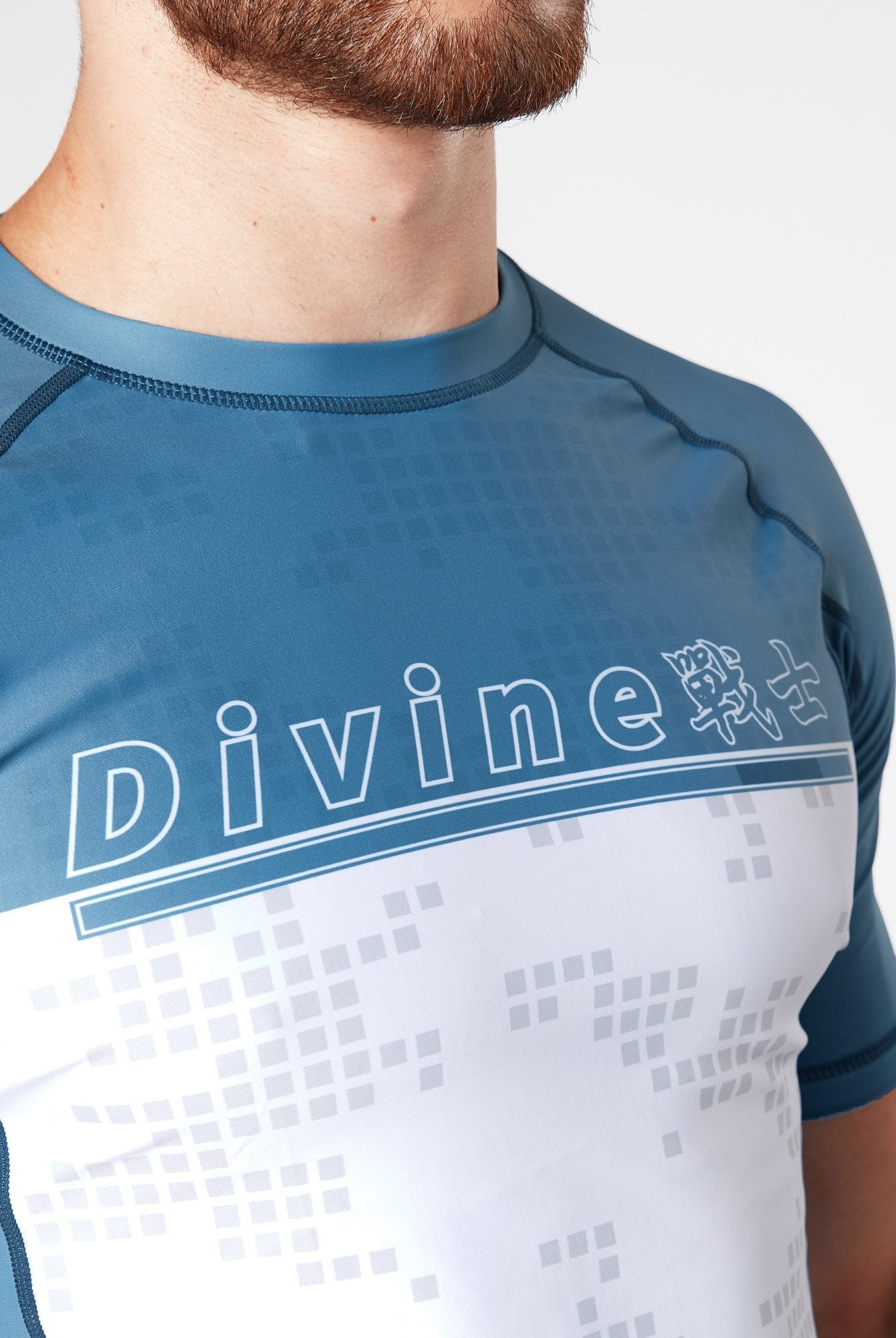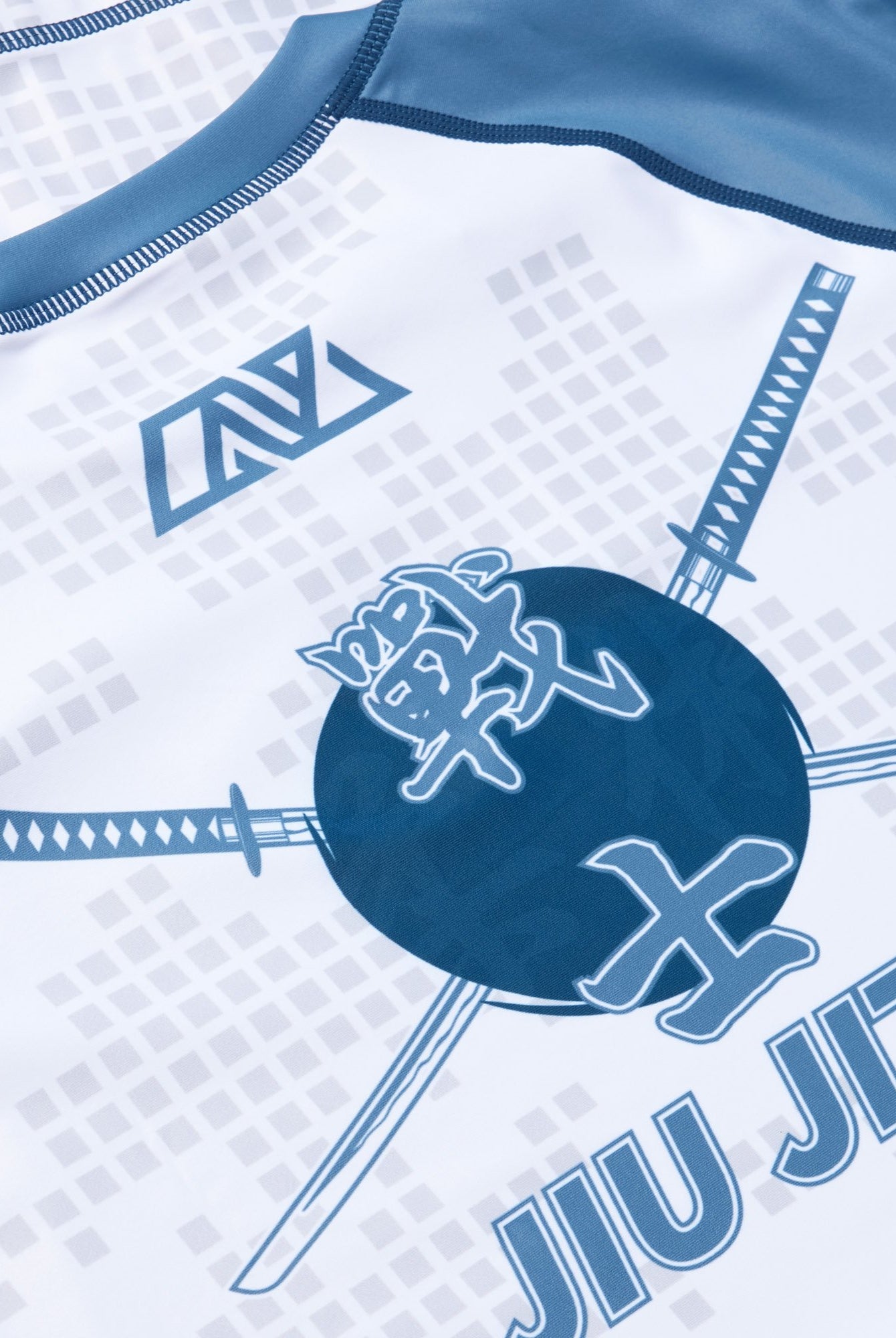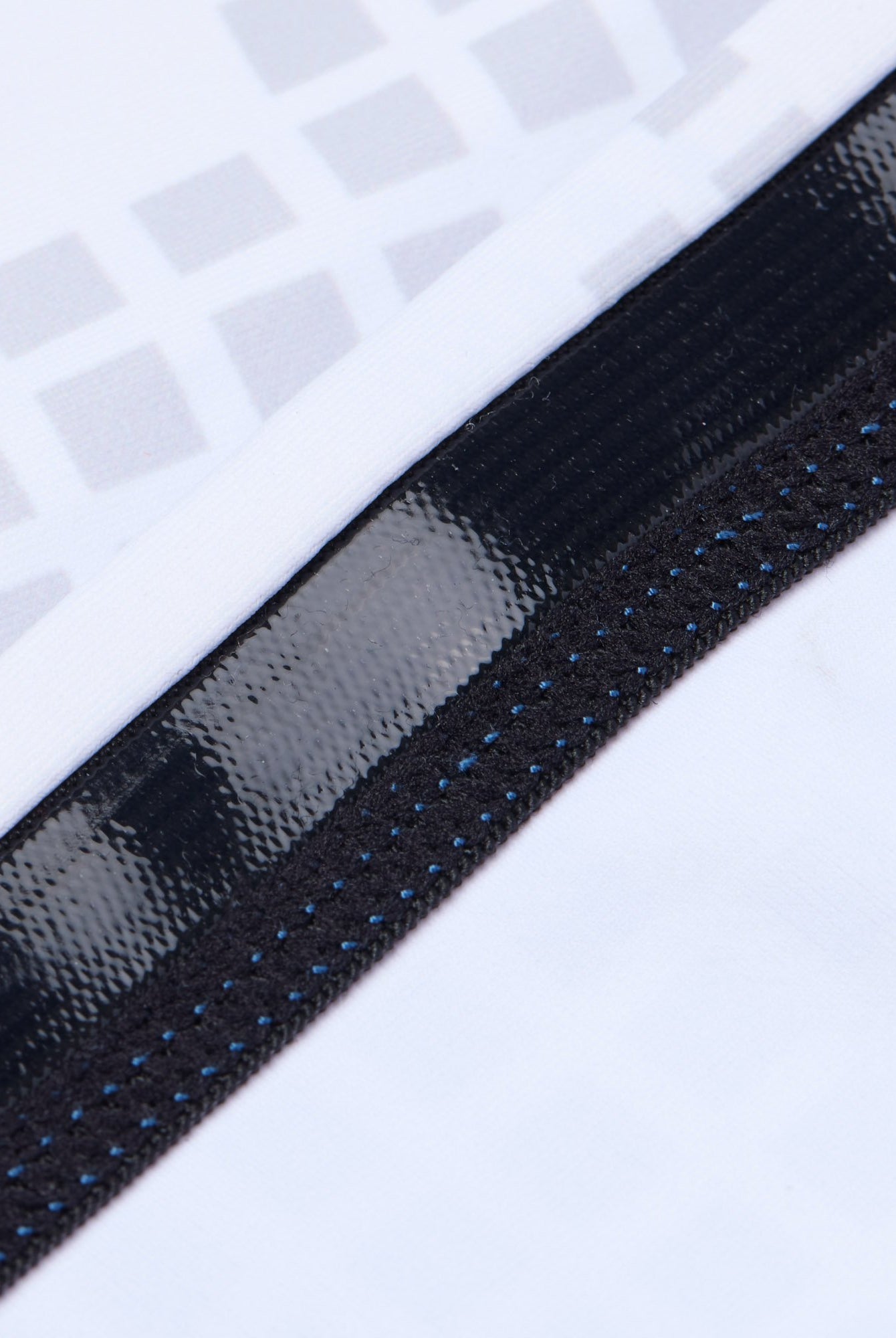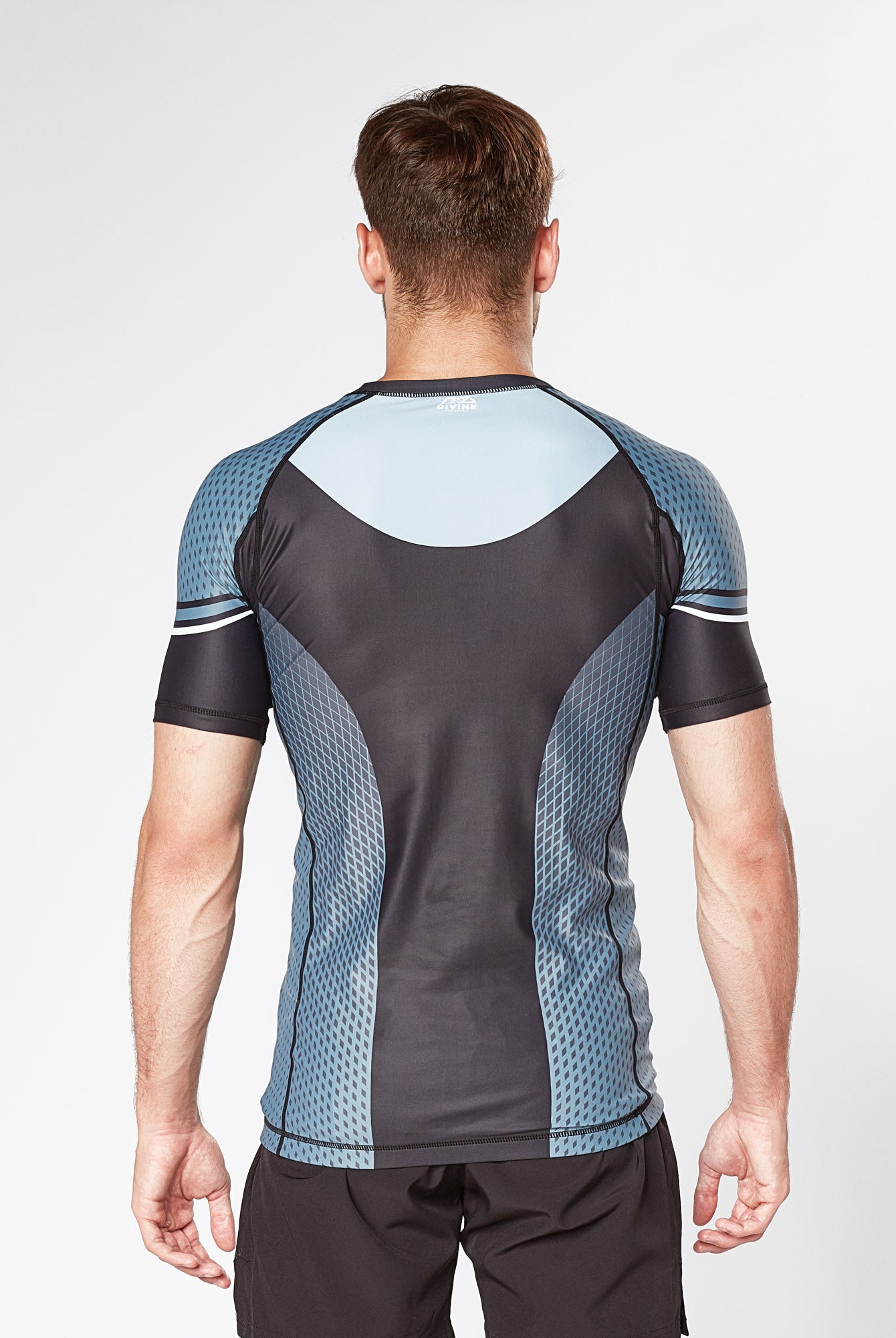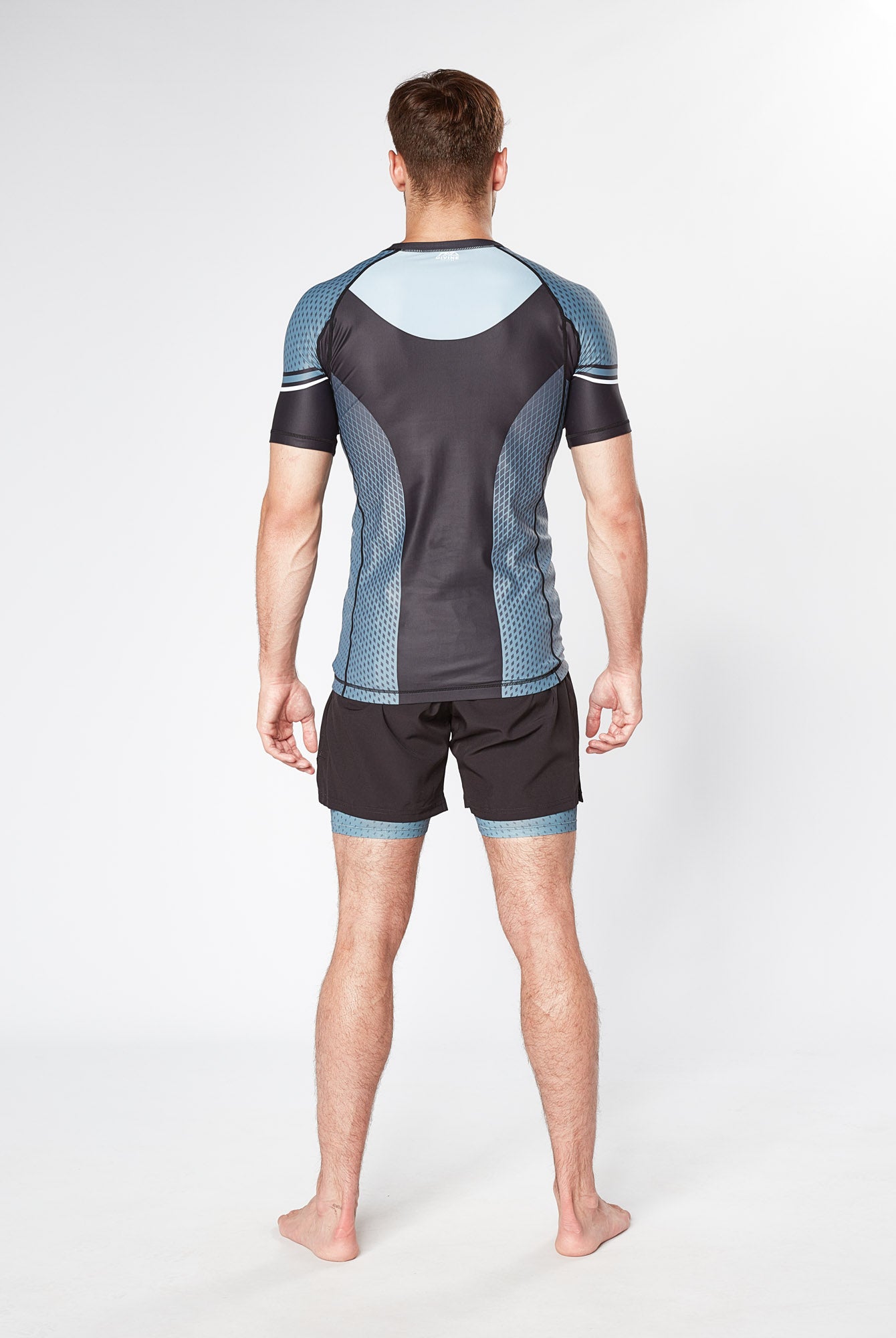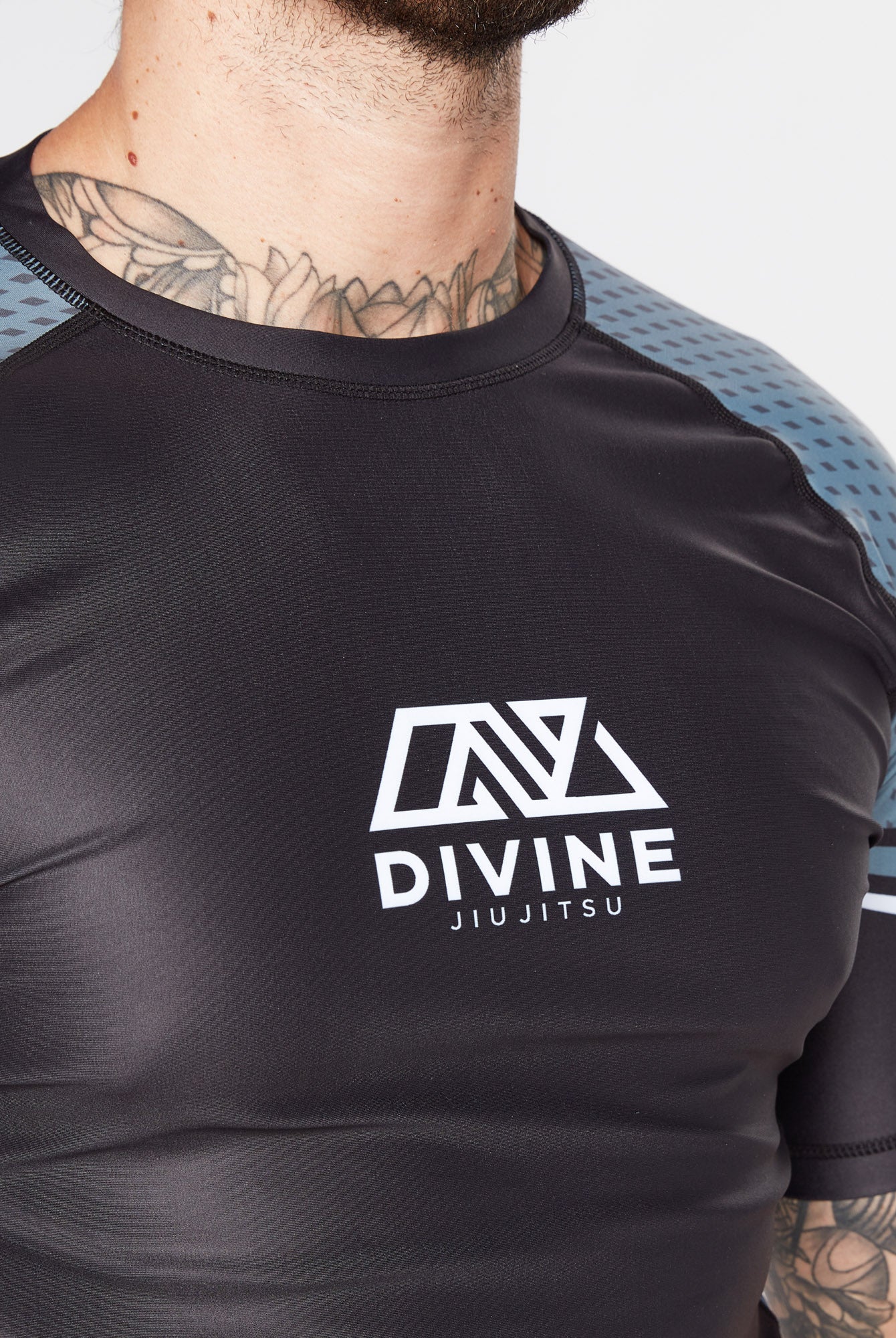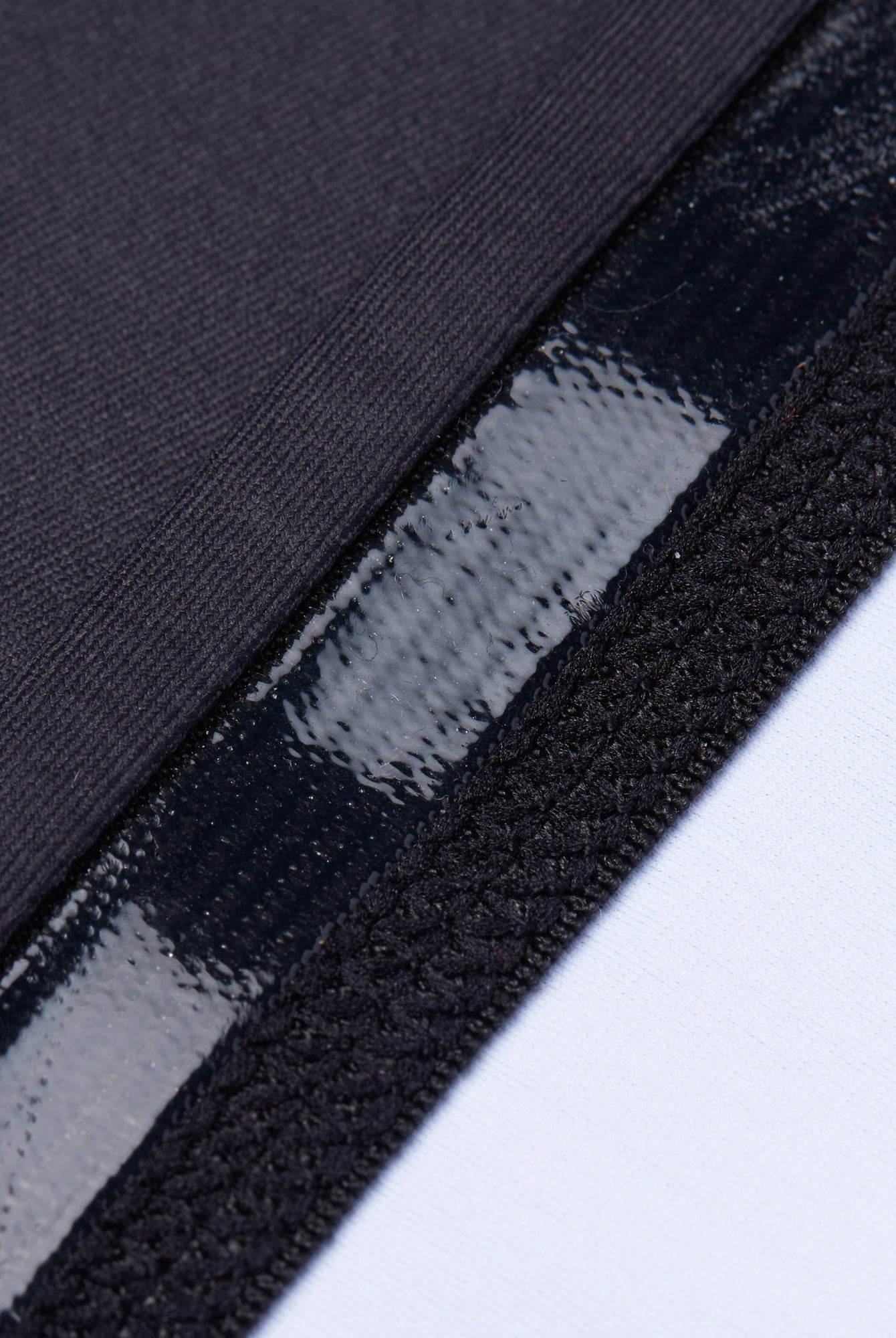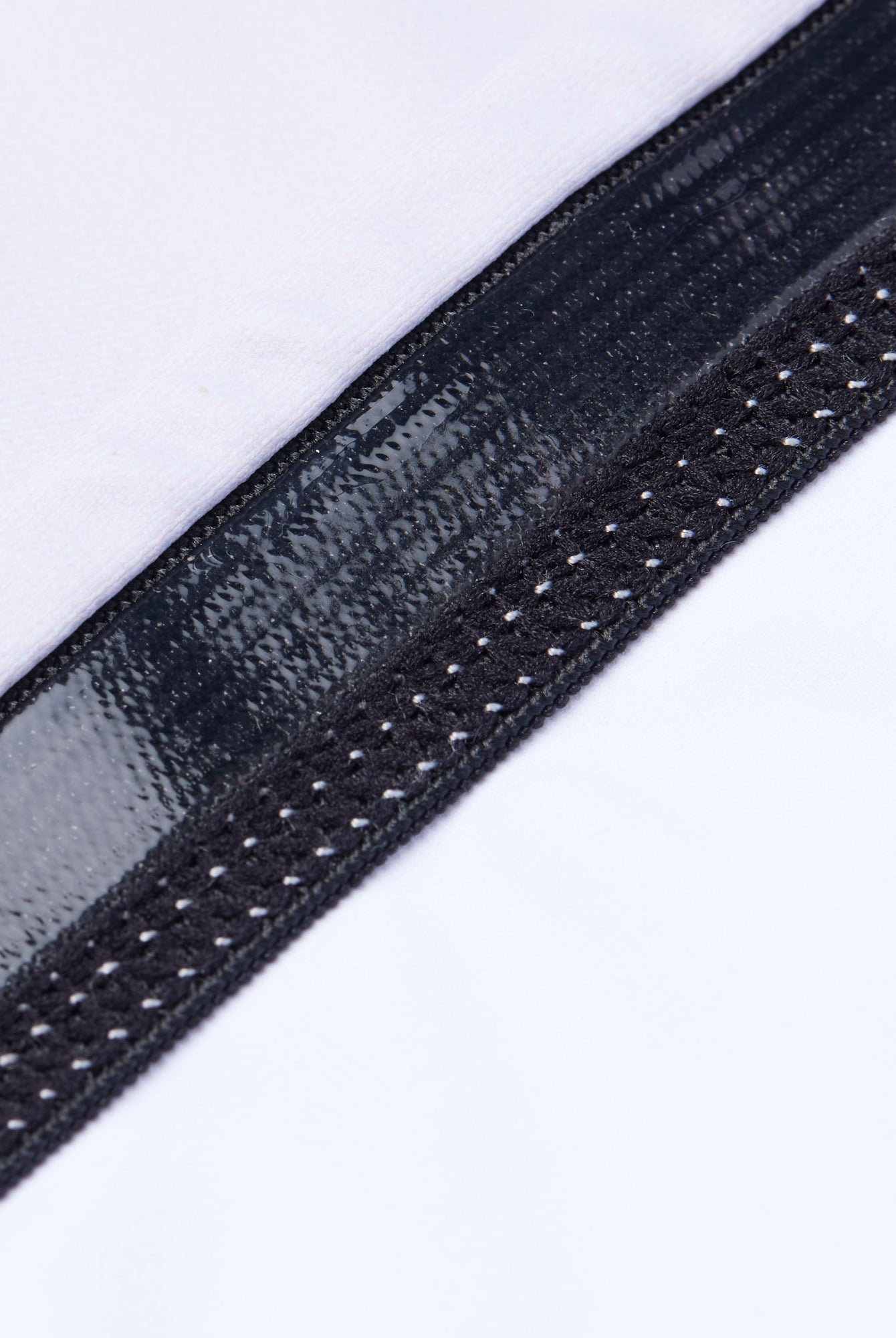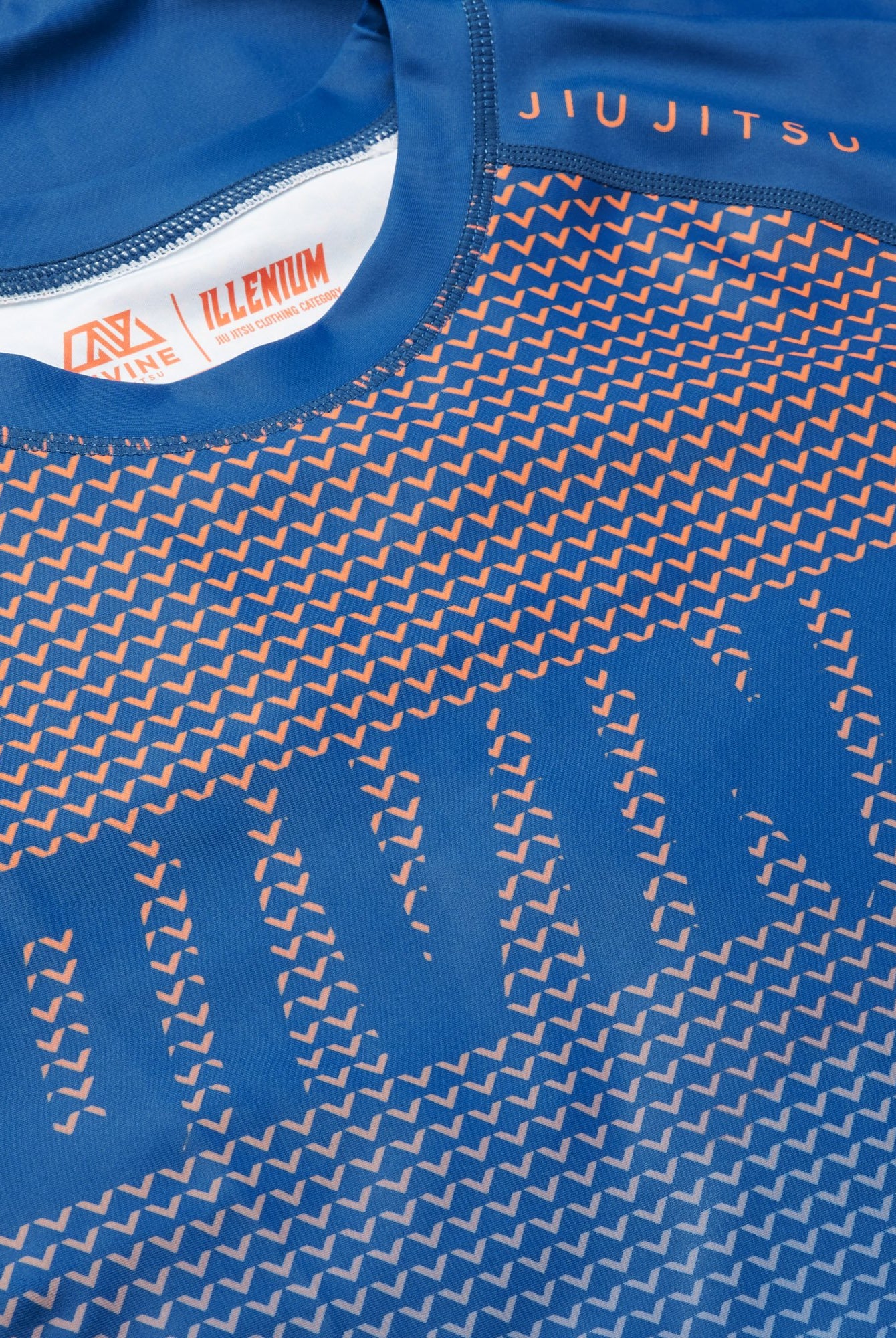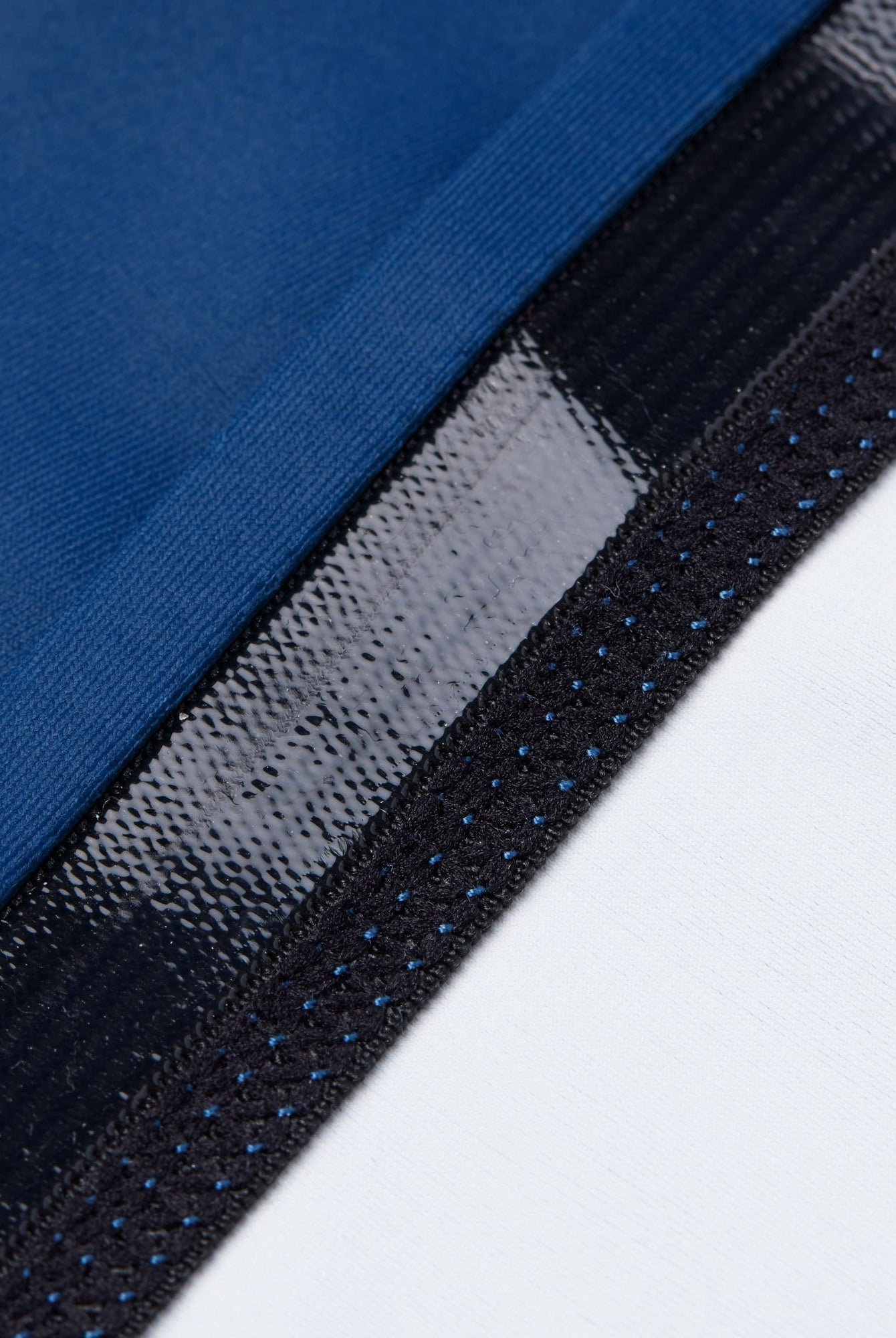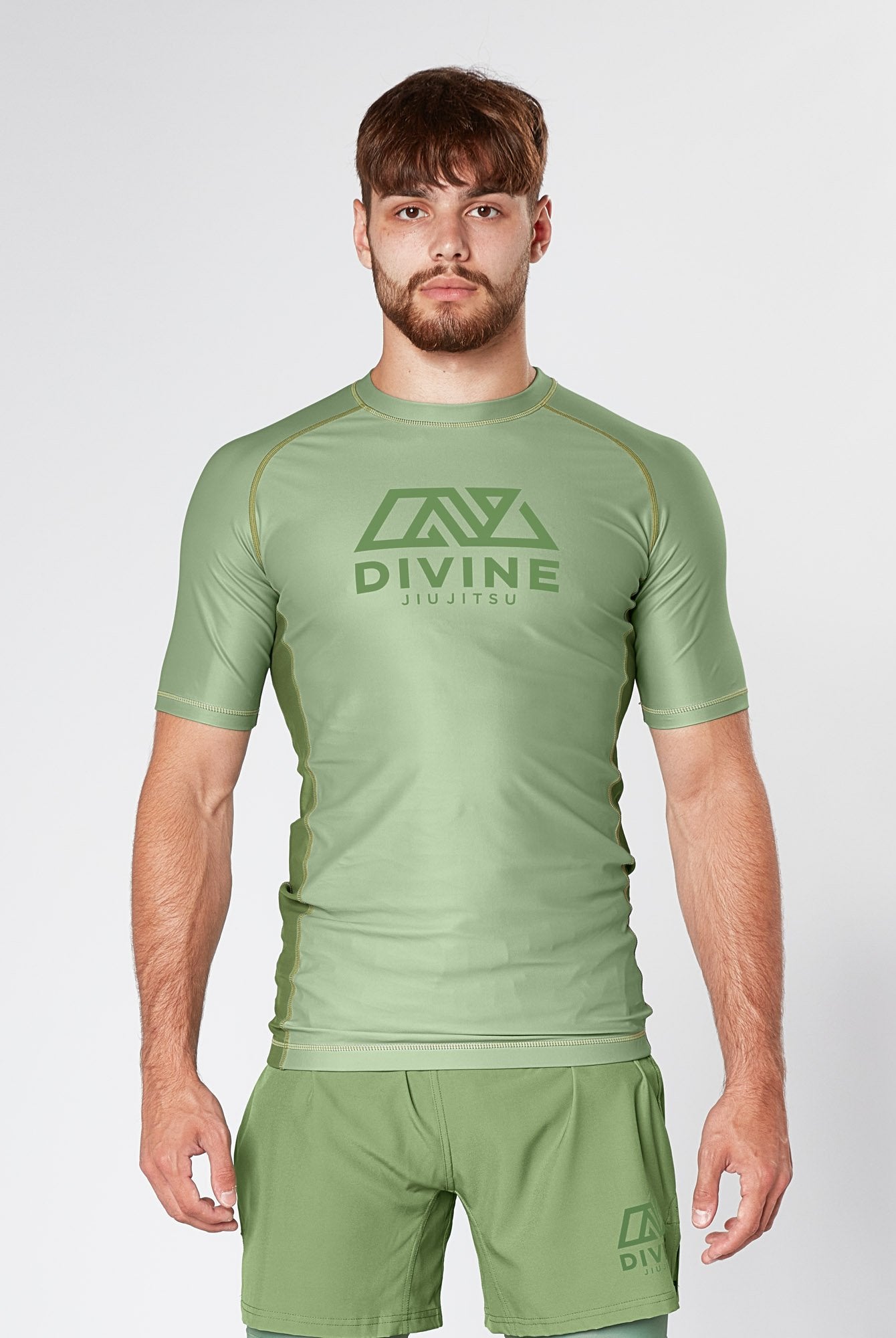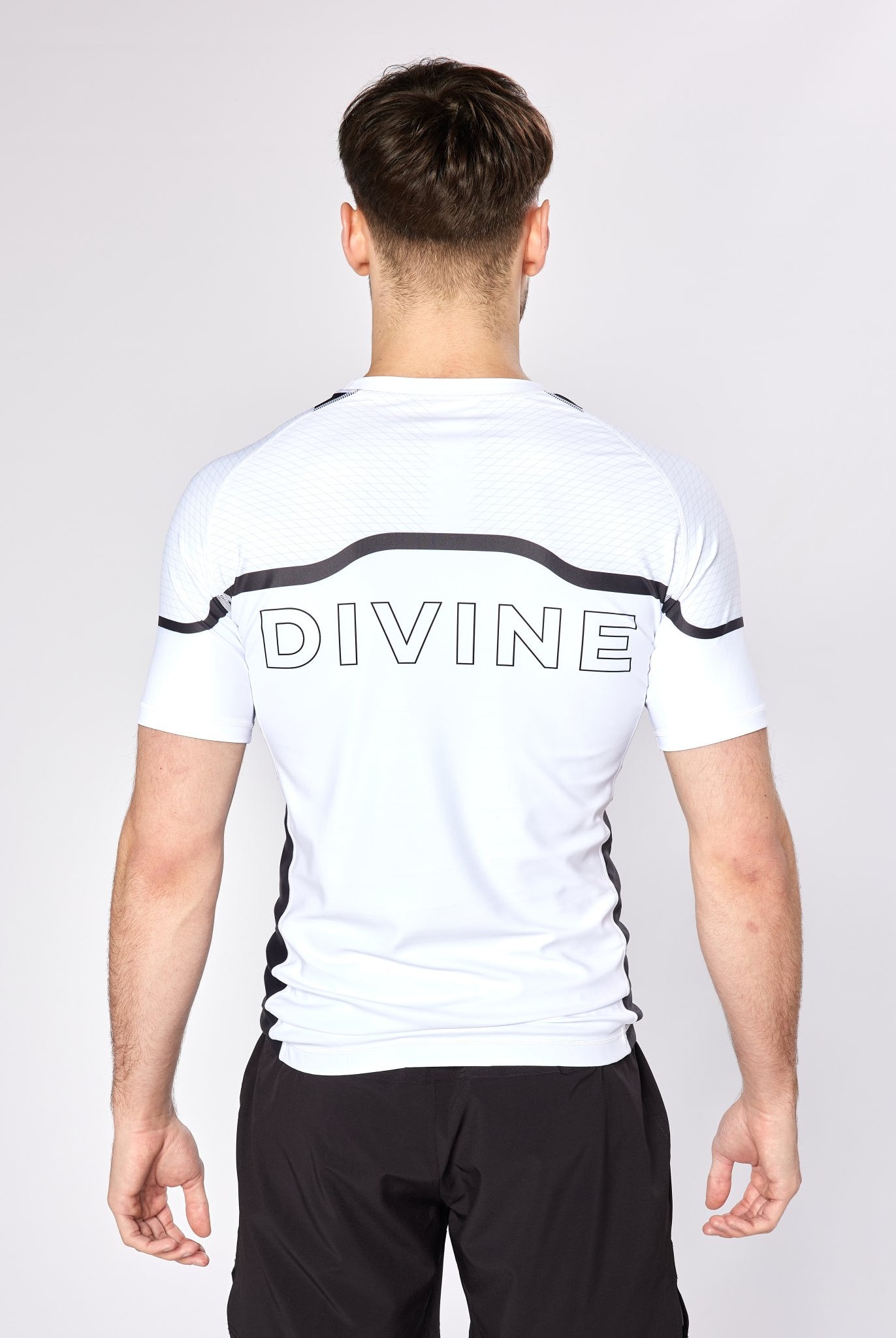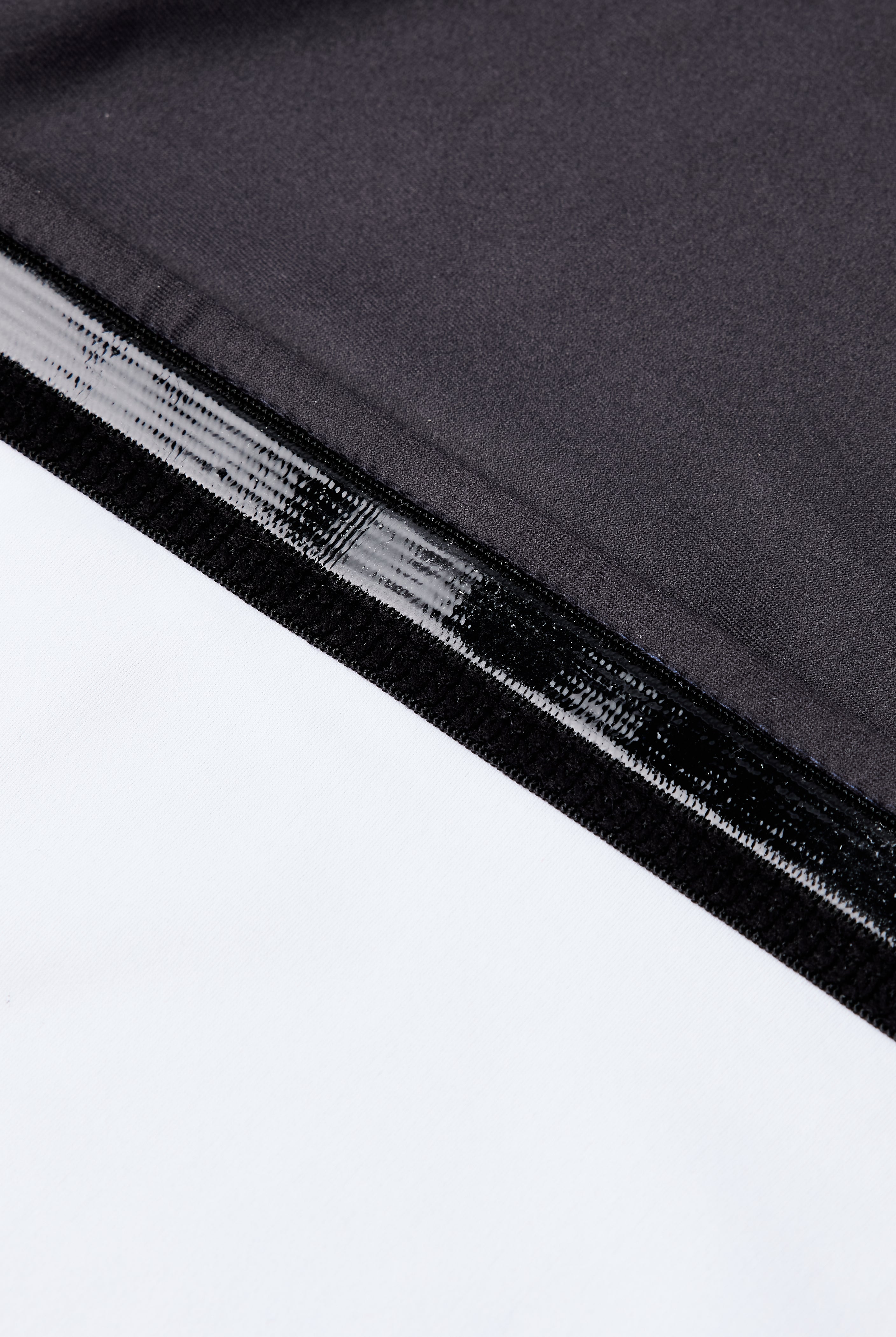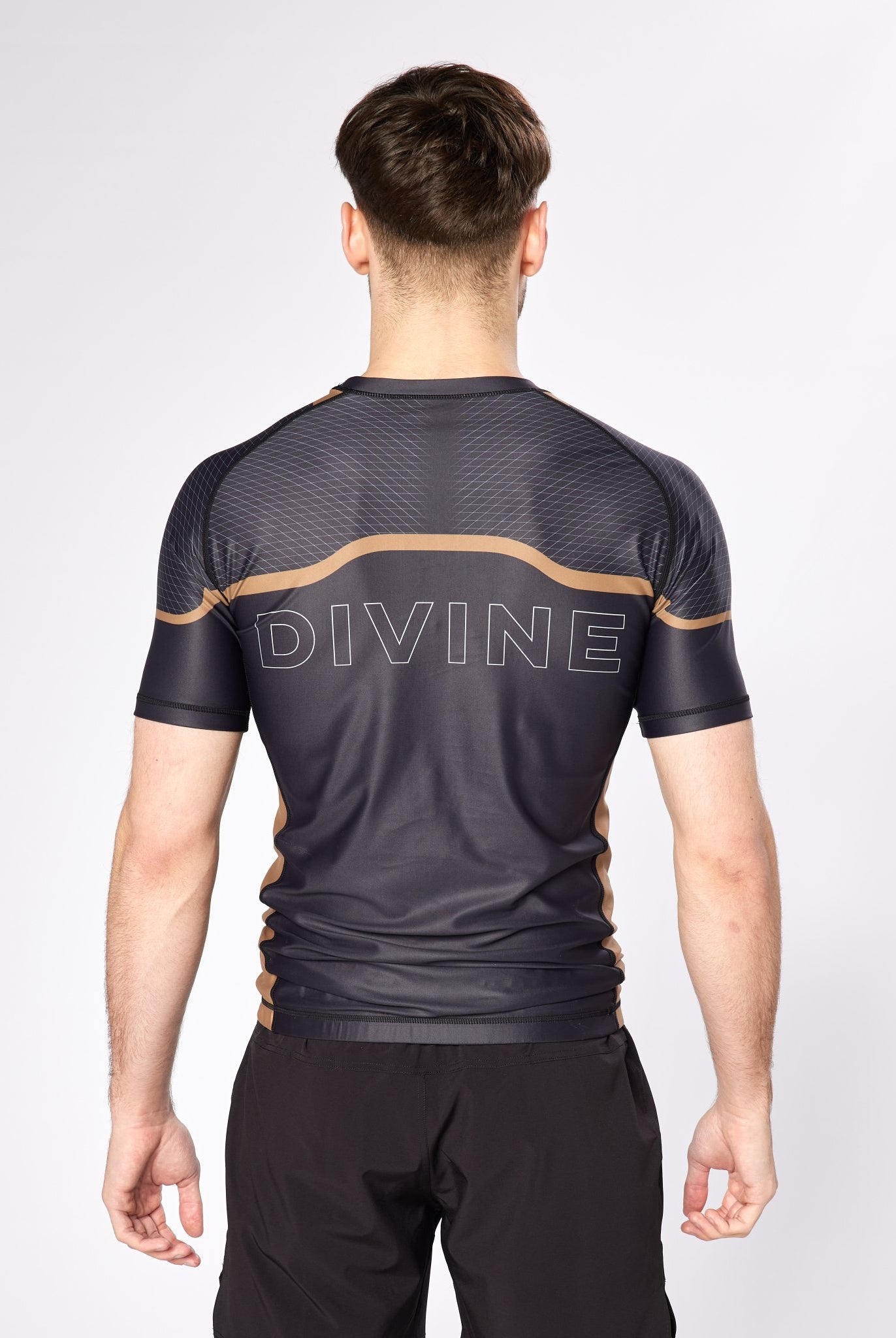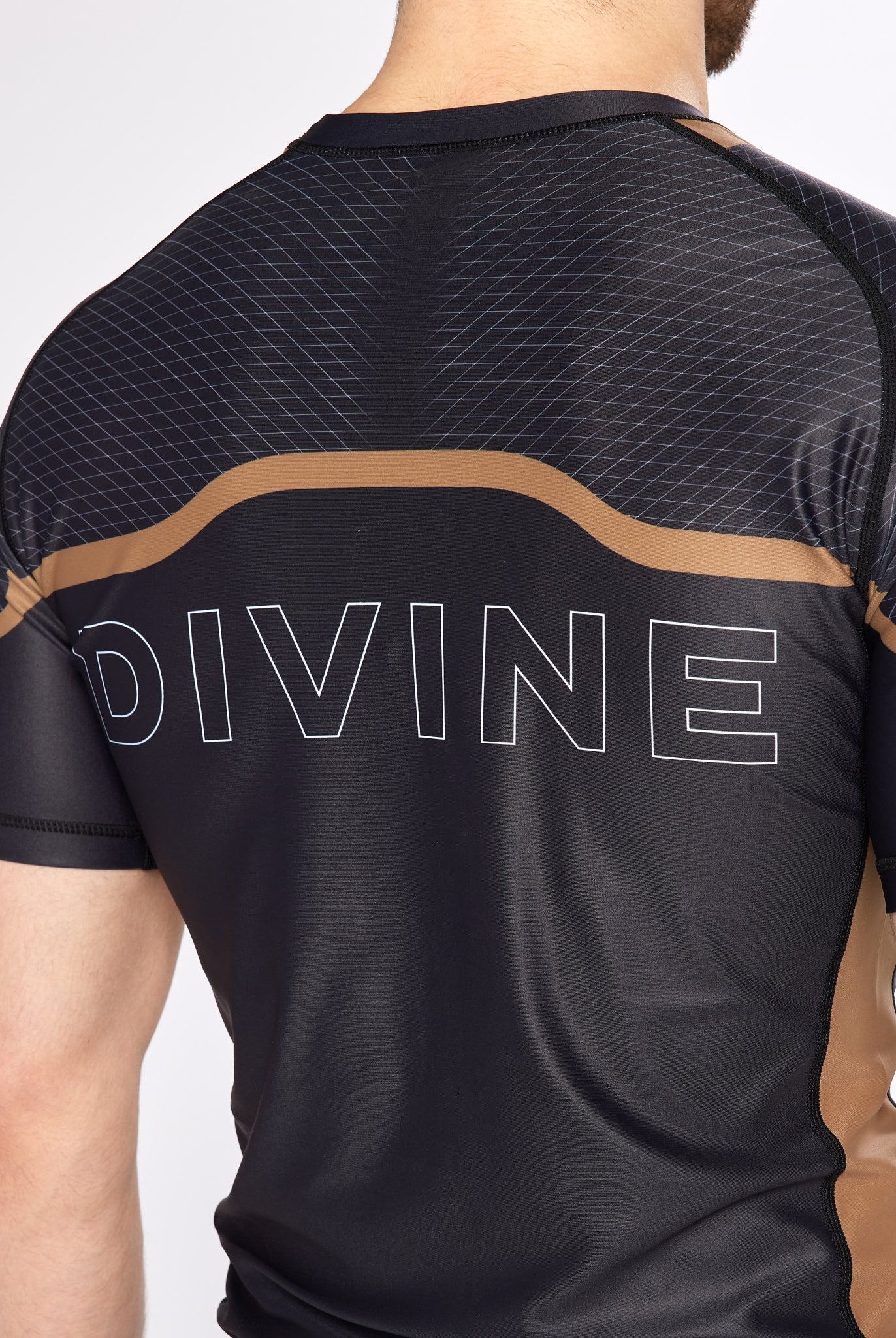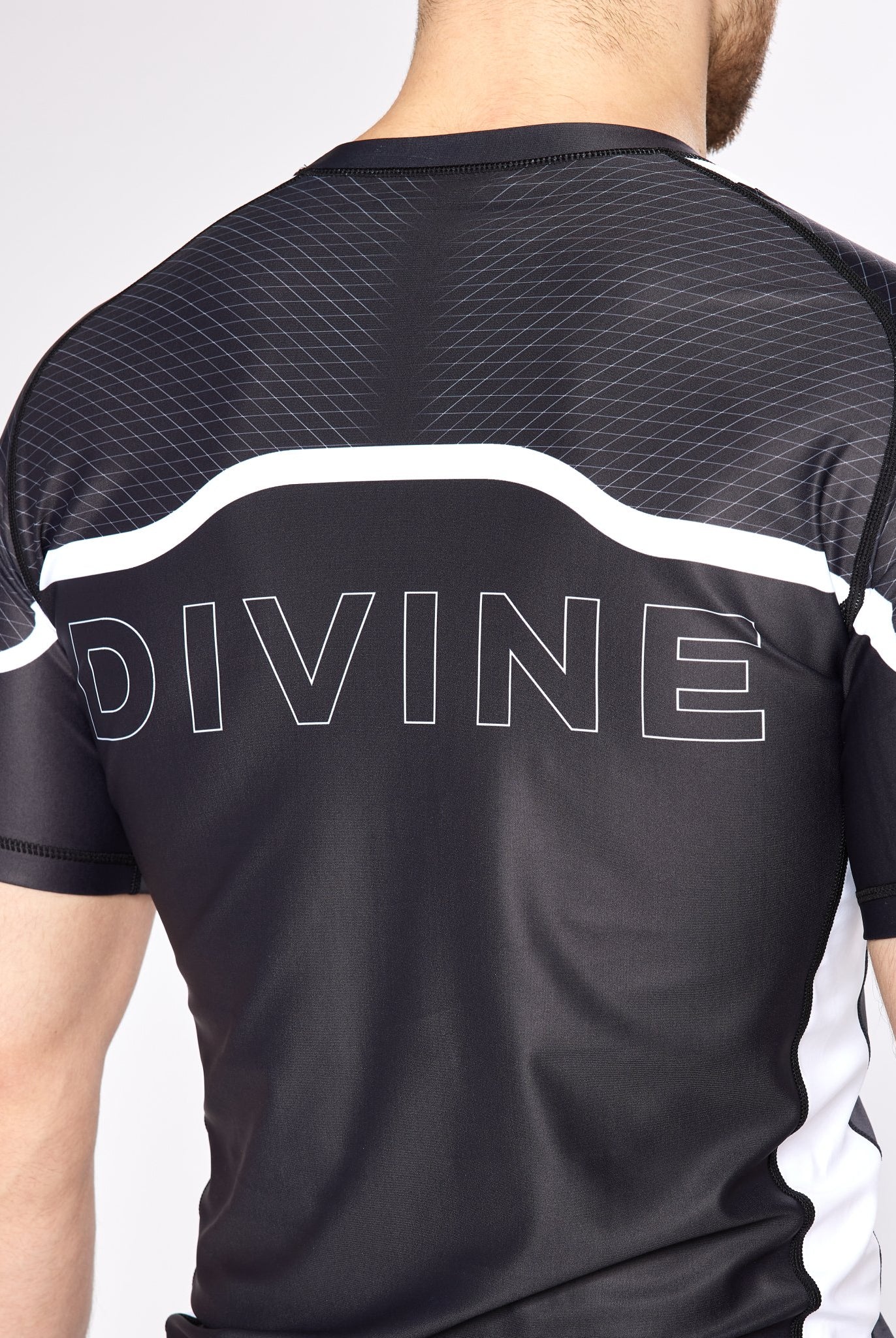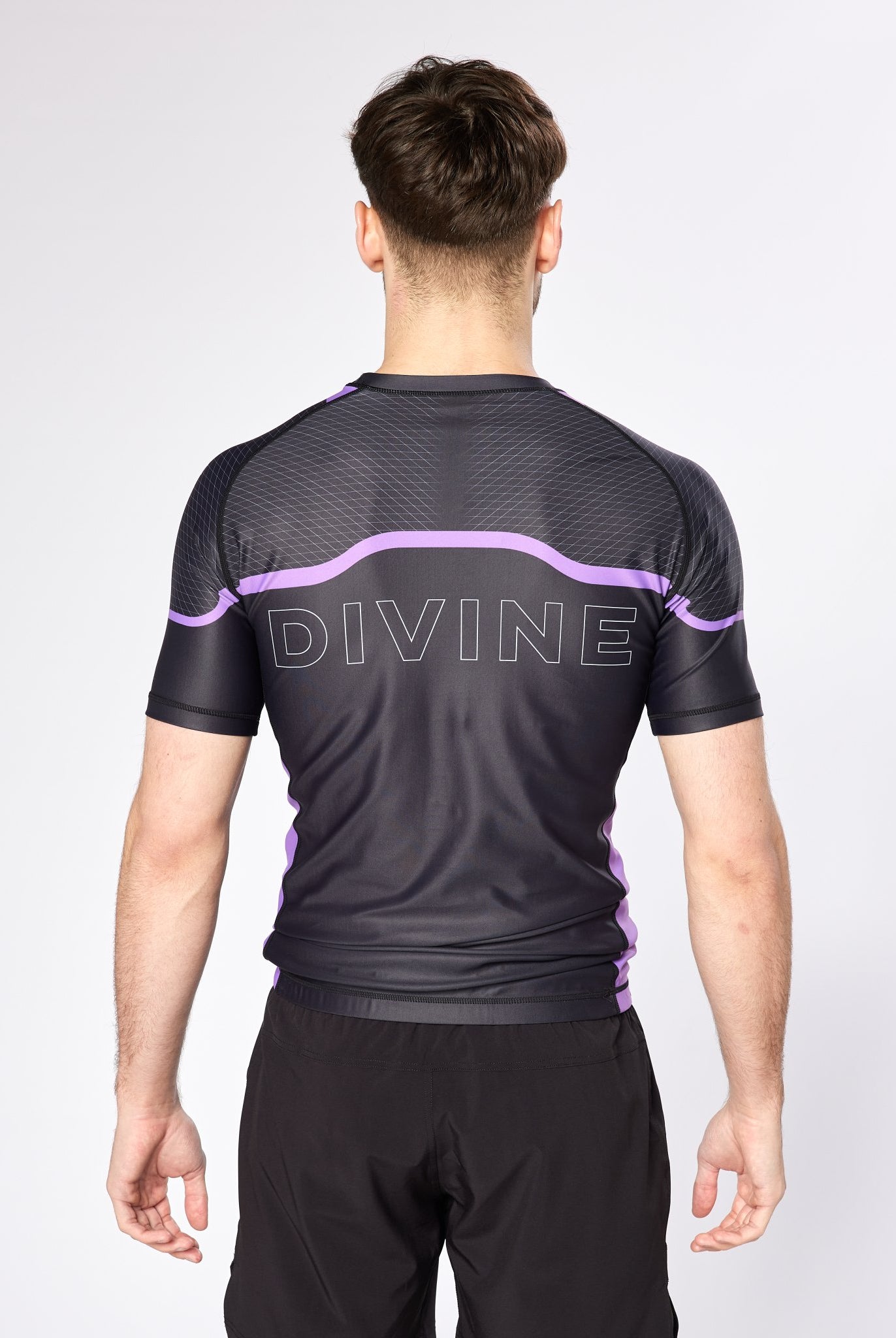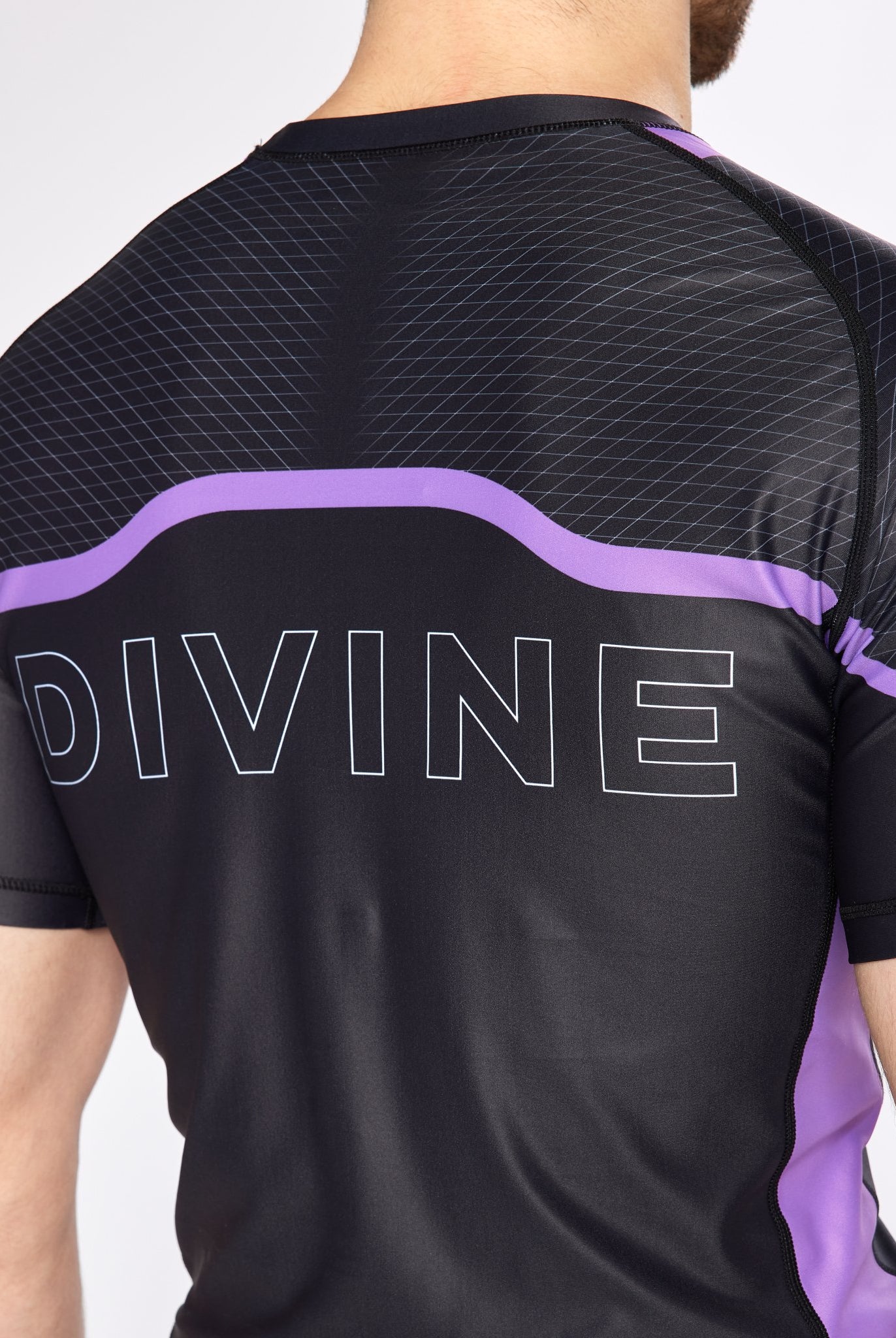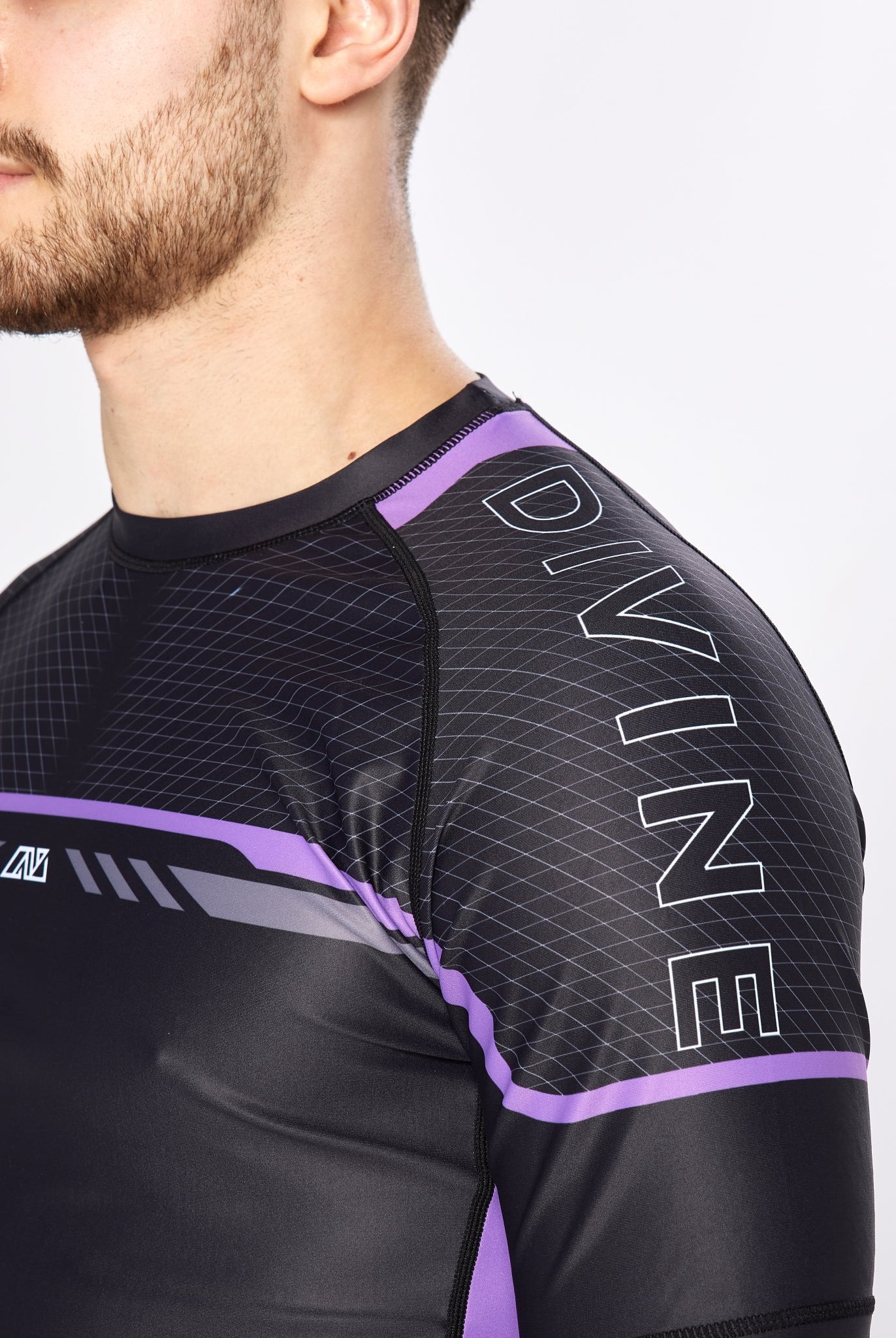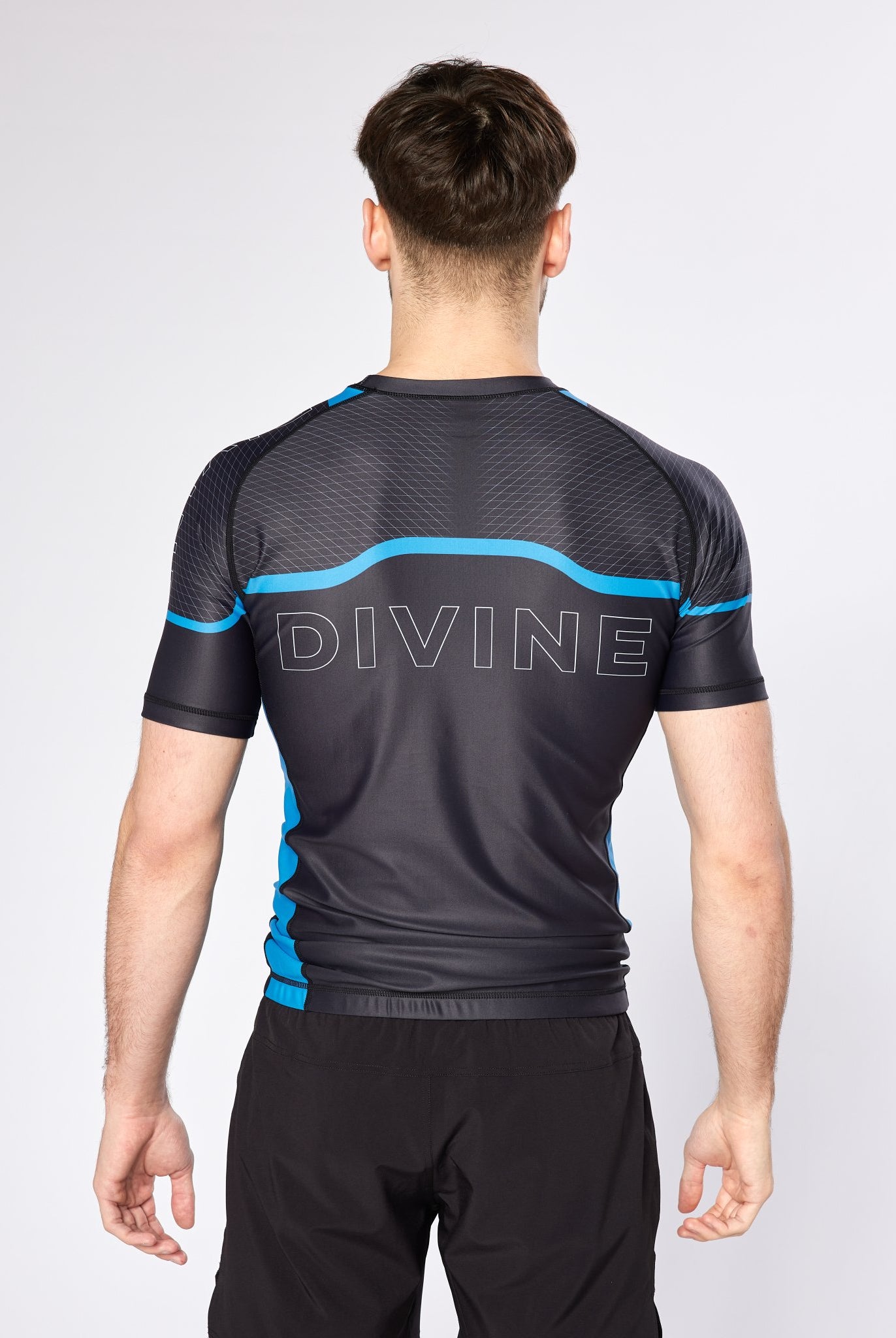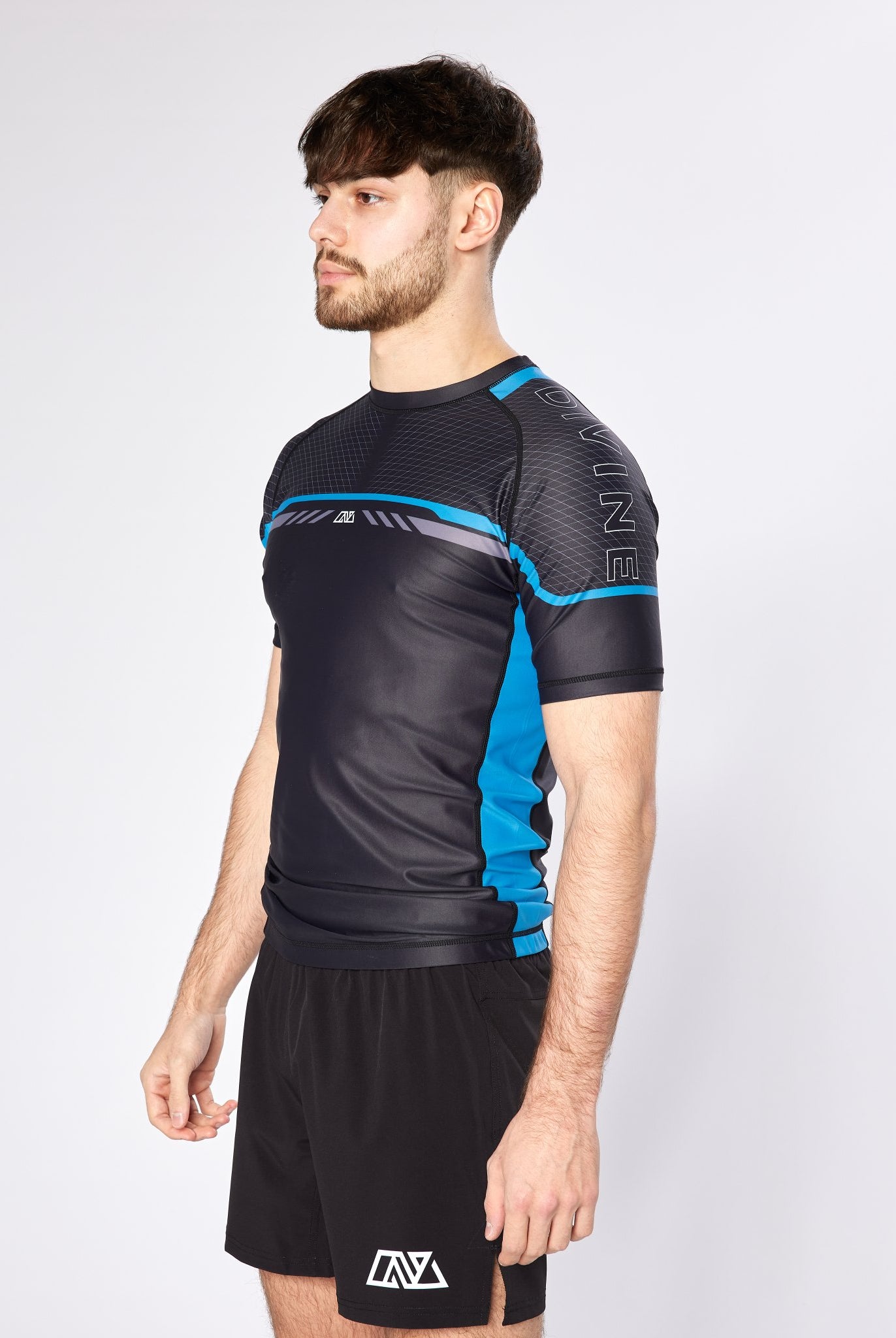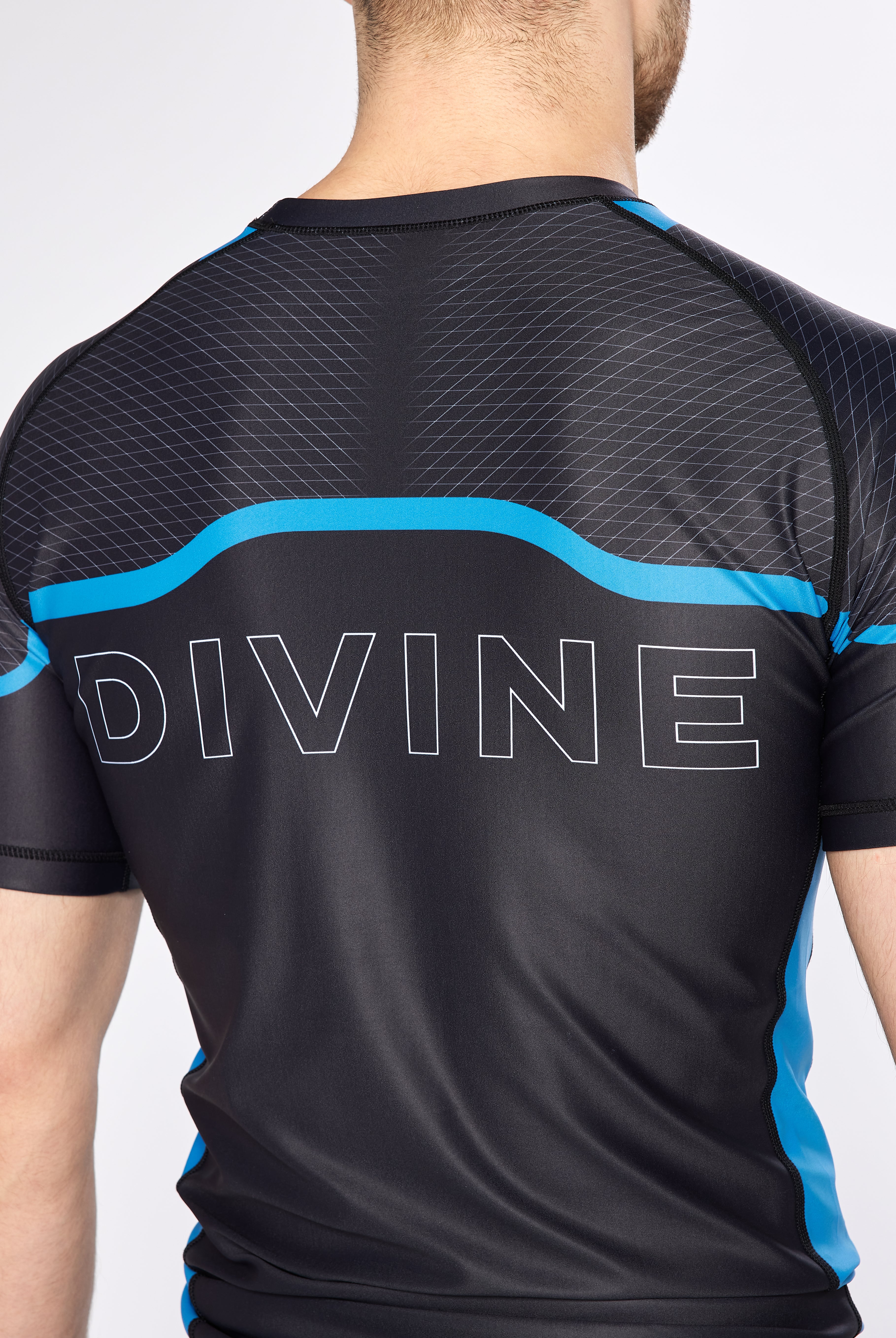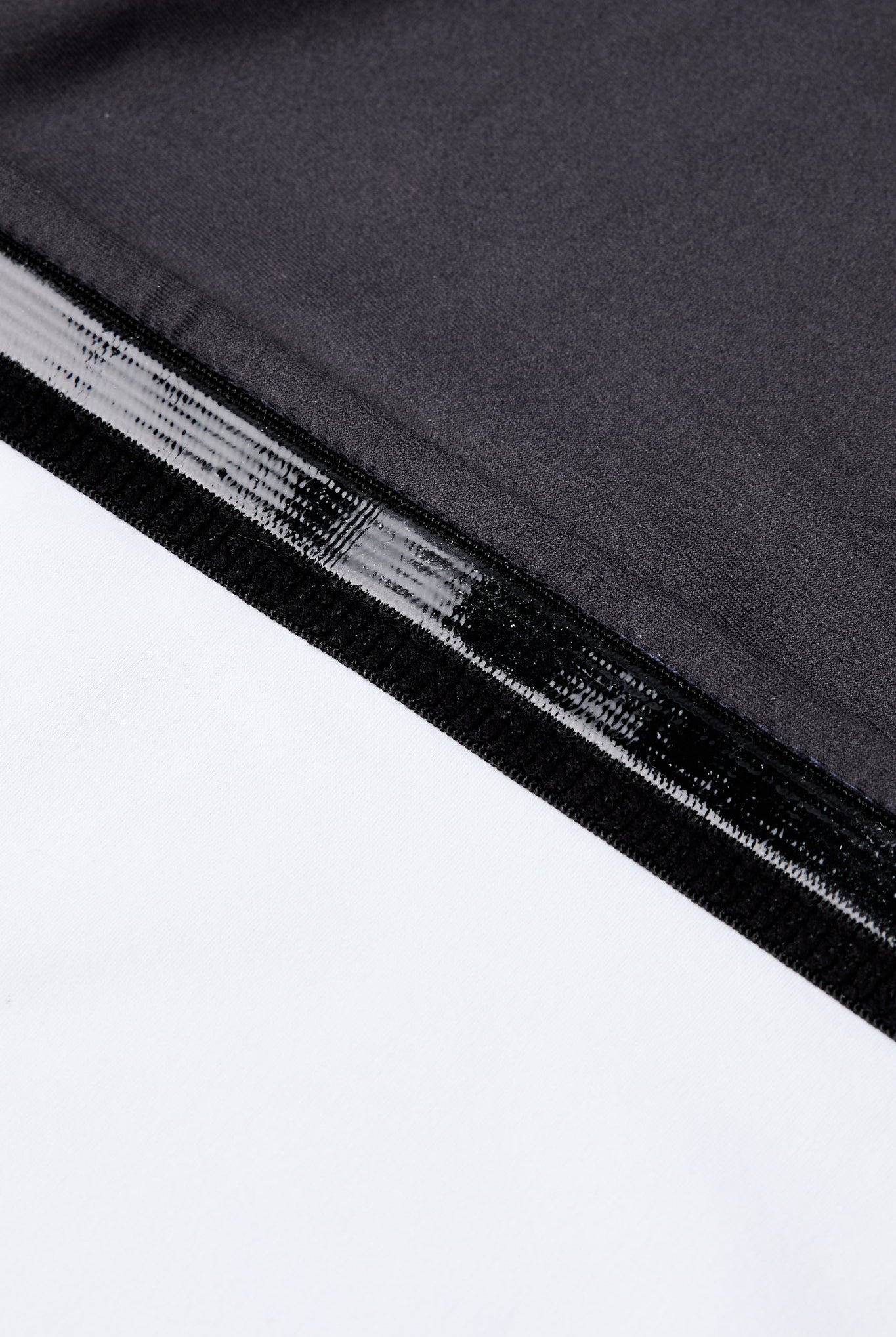A Realistic Timeline for Progress

Brazilian Jiu-Jitsu (BJJ) attracts practitioners from various backgrounds due to its focus on technique and strategy over brute strength. Many aspiring grapplers wonder how long it takes to become proficient in this martial art. Generally, it takes around 3 to 5 years of consistent training to achieve a competent level in BJJ, depending on individual dedication and the frequency of practice.
Progress in BJJ depends on multiple factors, including the quality of instruction, the training environment, and personal goals. Each practitioner's journey is unique, with some achieving significant milestones faster than others. The culture of BJJ fosters a sense of community, providing motivation and support that can enhance the learning experience.
For those looking to improve, setting realistic expectations is crucial. By understanding the timeline and committing to regular practice, practitioners can navigate their BJJ journey with purpose and direction.
Understanding BJJ and Its Complexity
Brazilian Jiu-Jitsu (BJJ) is a multifaceted martial art that involves numerous techniques and principles. Its complexity arises from various components and a structured ranking system, each playing a vital role in a practitioner’s journey.
Components of Brazilian Jiu-Jitsu
BJJ encompasses several key components that contribute to its effectiveness. These include:
-
Techniques: This covers positions such as guards, mounts, and submissions. Mastery of these techniques is essential for effective practice.
-
Timing and Spacing: Understanding how to position oneself during rolls is crucial for an advantage over an opponent.
-
Physical Conditioning: Strength, flexibility, and endurance enhance a practitioner’s ability to execute techniques.
-
Mental Aspects: Strategy and problem-solving during sparring sessions are critical for learning and adapting.
Each component requires dedicated focus, making progress in BJJ both rewarding and challenging.
Ranking System and Belt Progression
The ranking system in BJJ dictates a practitioner's level of expertise through colored belts. The progression is as follows:
- White Belt: Beginners start here, learning fundamental techniques and concepts.
- Blue Belt: At this level, practitioners can effectively apply basic techniques and begin to develop their own game.
- Purple Belt: This stage requires a deeper understanding of techniques, focusing on both offense and defense.
- Brown Belt: Practitioners refine their skills, mastering advanced techniques and teaching lower ranks.
- Black Belt: A symbol of a high level of proficiency, black belts often specialize in specific areas of BJJ and may begin instructing others.
Time to progress through these belts varies, reflecting the practice and commitment of each individual.
Timeframe to Proficiency
The journey to proficiency in Brazilian Jiu-Jitsu (BJJ) varies among practitioners based on several factors. Understanding the average time required to reach competency and the elements that influence learning speed can provide valuable insight into the training process.
Average Time to Reach Competency
On average, practitioners may require 1 to 2 years to reach a level of competency in BJJ. This timeframe typically allows individuals to understand basic techniques, develop timing, and gain an appreciation for the sport's intricacies.
- Training Frequency: Attending class 2-3 times a week can accelerate skill acquisition.
- Consistent Sparring: Engaging in live drills and sparring enhances practical application.
As students progress, they may earn striped belts within the blue belt, indicating proficiency in specific areas. Most practitioners feel comfortable competing at this level after about two years of dedicated training.
Influencing Factors on Learning Speed
Several factors can impact the speed at which a student becomes proficient in BJJ:
-
Prior Experience: Individuals with a background in martial arts or wrestling may adapt faster due to their familiarity with movement and technique.
-
Physical Attributes: Strength, flexibility, and conditioning can enhance performance and learning speed.
-
Instructor Quality: Effective coaching can significantly influence skill development and understanding of techniques.
-
Training Environment: A supportive atmosphere fosters learning and encourages practitioners to participate actively.
-
Mental Approach: A positive mindset and commitment to improvement often result in quicker progress.
Each practitioner’s journey will be unique, influenced by these factors and personal goals.
Training Approaches and Techniques
Training approaches vary significantly in Brazilian Jiu-Jitsu (BJJ) and can influence a practitioner’s progression. Each method offers distinct advantages that cater to different learning styles and goals.
Structured Learning vs. Open Mat Sparring
Structured learning typically follows a set curriculum, often taught in classes led by experienced instructors. This method ensures that students master fundamental techniques before progressing. It builds a solid foundation and offers clear objectives.
In contrast, open mat sparring provides a less formal environment. Practitioners can experiment with techniques, develop sparring strategies, and adjust to different partners. This format encourages creativity and adaptability, allowing individuals to apply skills learned in structured settings. A mix of both can foster well-rounded development.
Drilling and Scenario Training
Drilling involves repetitively practicing specific techniques to build muscle memory. It is essential for mastering movements, ensuring that they become instinctual during rolling sessions. Focused drilling allows practitioners to internalize techniques, making execution smoother under pressure.
Scenario training places individuals in specific situations to tackle particular challenges. This technique enhances problem-solving skills and adaptability. It allows practitioners to test their understanding of concepts in realistic scenarios, reinforcing learning. Combining drilling with scenario training deepens one's technical knowledge and prepares them for live sparring.
Measuring Progress and Success
Tracking progress in Brazilian Jiu-Jitsu (BJJ) involves setting personal milestones and engaging in competitions. These methods provide tangible measures of improvement and offer insights into a practitioner's development.
Setting Personal Milestones
Setting personal milestones is crucial for gauging advancement in BJJ. These goals might include mastering specific techniques, achieving a certain number of training sessions per week, or earning stripes on a belt.
For example, a practitioner might aim to execute a particular submission consistently during sparring sessions. Creating a checklist can aid in visualizing progress.
Milestones can be structured as follows:
- Short-term Goals: Focus on techniques learned in the last few classes.
- Medium-term Goals: Aim for proficiency in a series of guard passes or submissions over six months.
- Long-term Goals: Work towards earning a new belt within a set timeframe.
Celebrating these achievements motivates continued effort.
Competition as a Benchmark
Competing in BJJ can serve as a significant benchmark for measuring progress. Tournaments expose individuals to different skill levels and strategies. They also provide a platform to apply techniques under pressure.
Preparation for competition offers insight into one's abilities. It helps identify areas needing improvement. Analyzing performance—such as time spent on the mat and match results—can highlight strengths and weaknesses.
Statistics to consider include:
- Win/Loss Ratio: Reflects overall competitive success.
- Technical Execution: Quality of techniques used during matches.
- Match Duration: Time spent in each competition match can indicate endurance and tactical growth.
Using competition results alongside personal milestones creates a comprehensive overview of development in BJJ.
